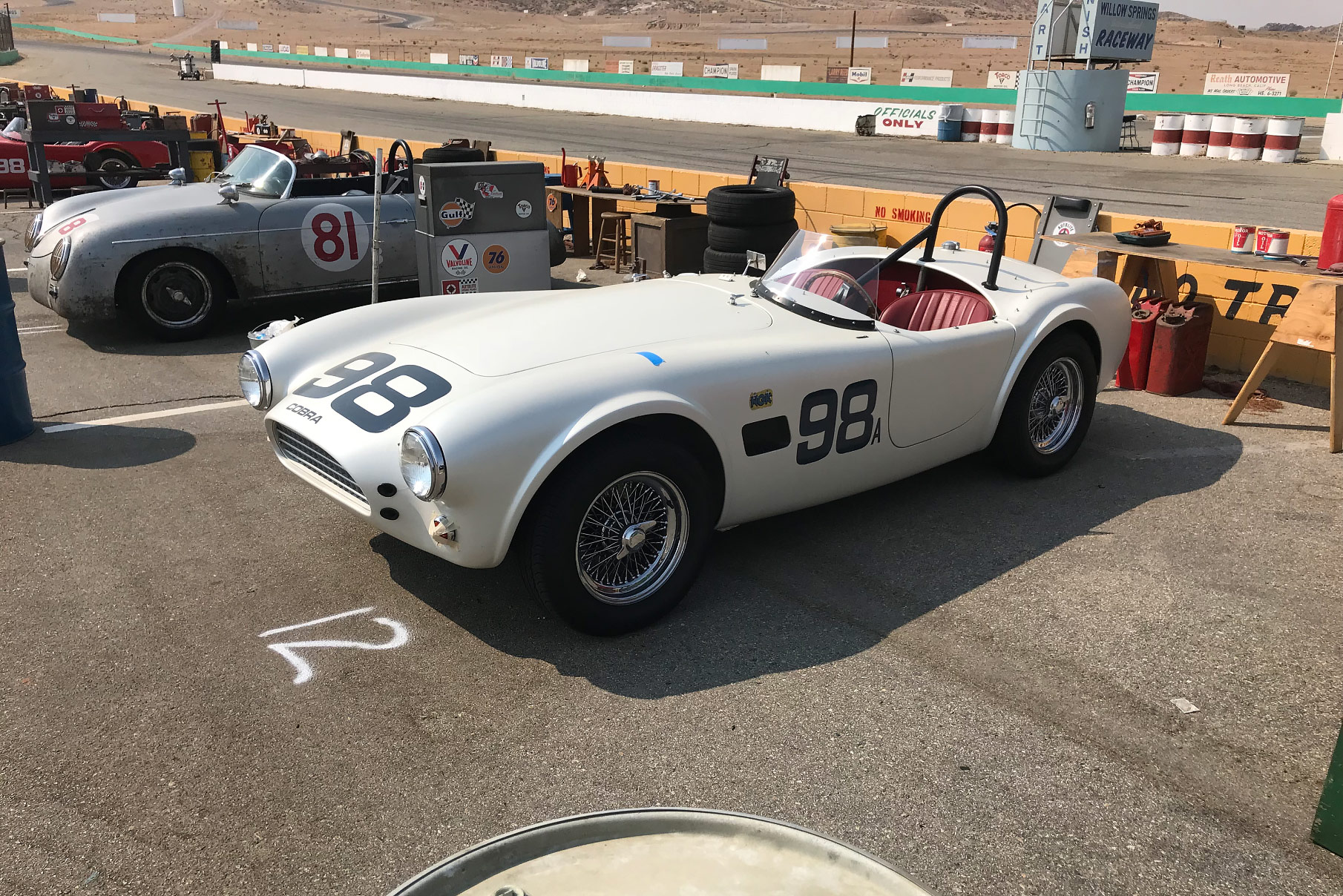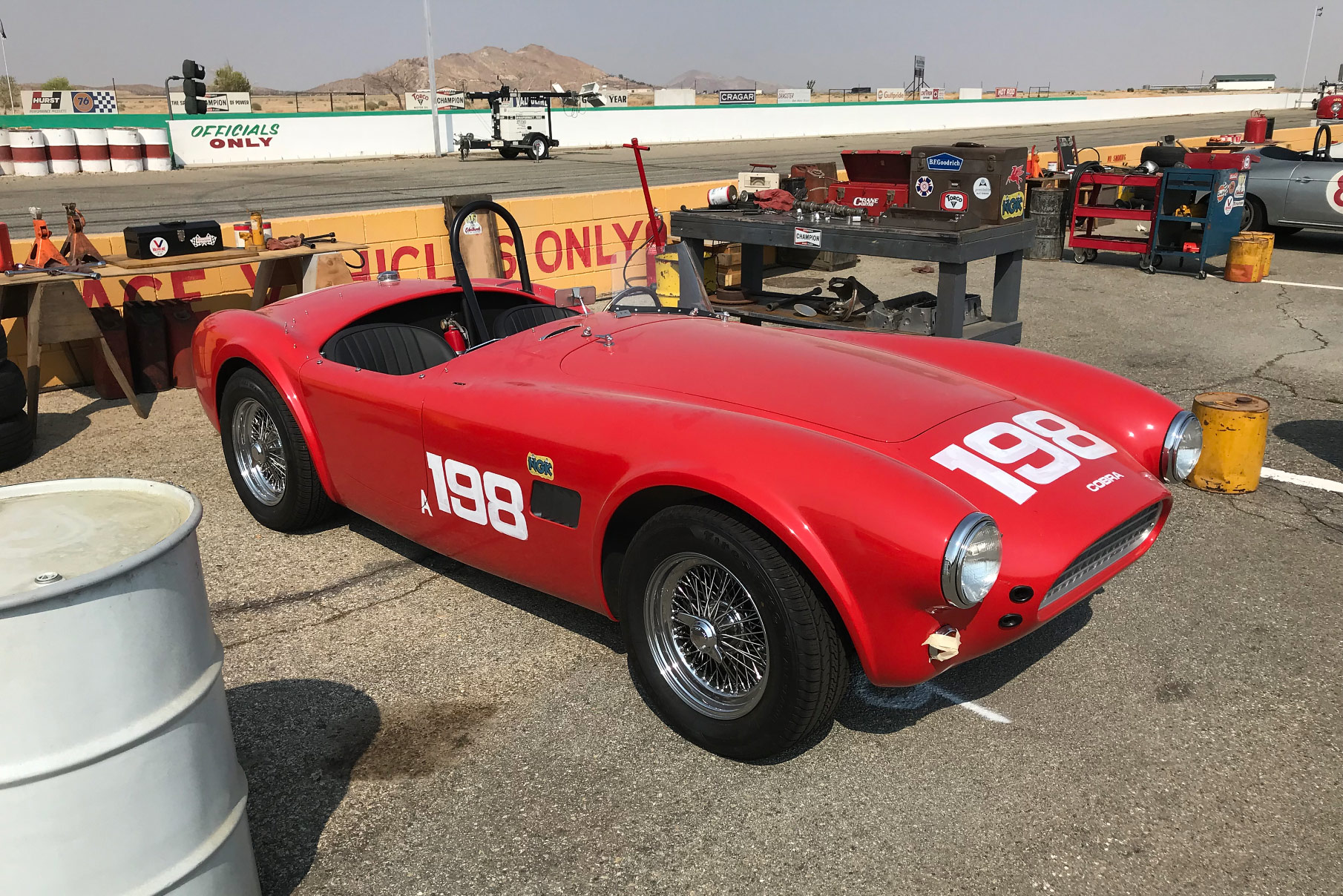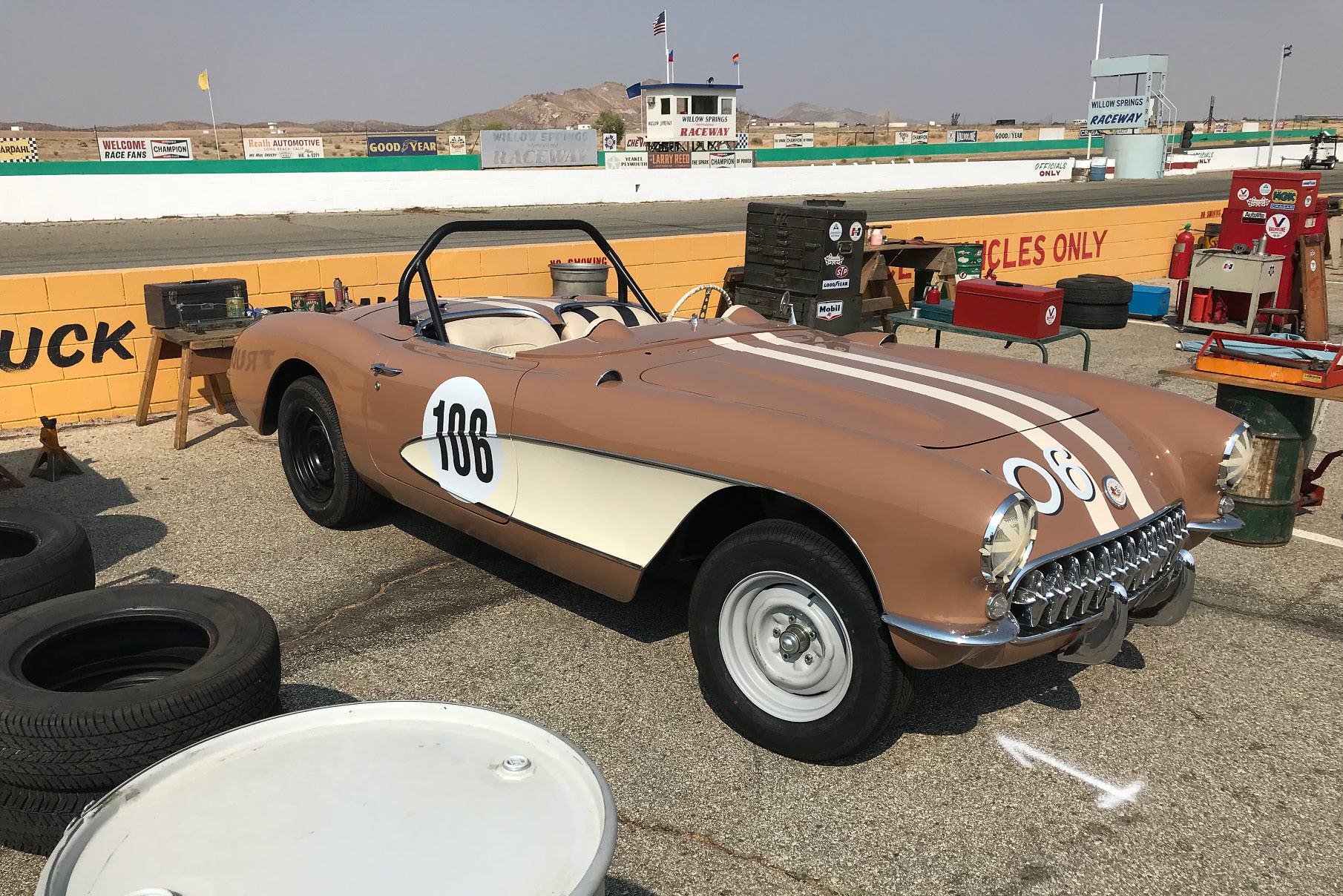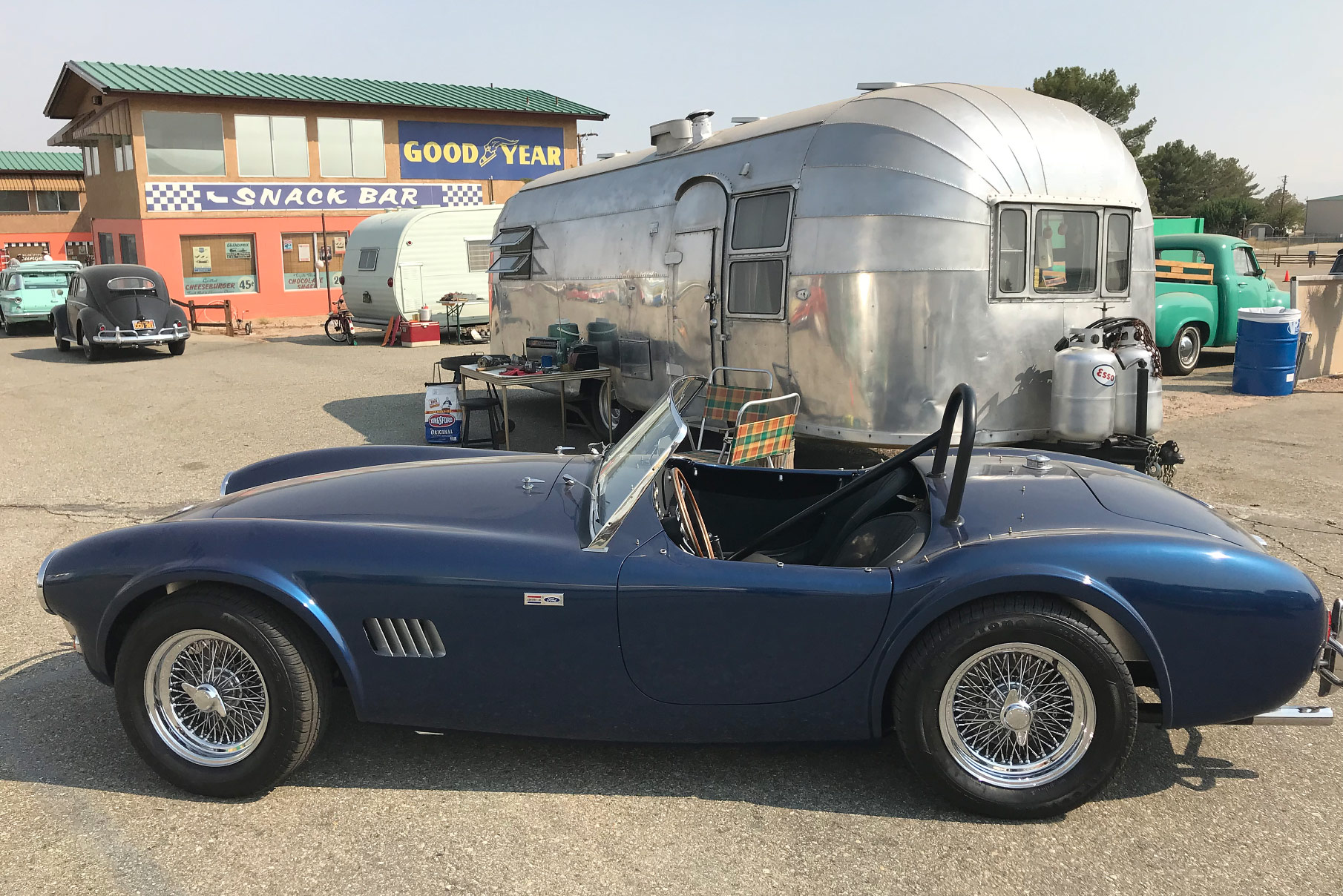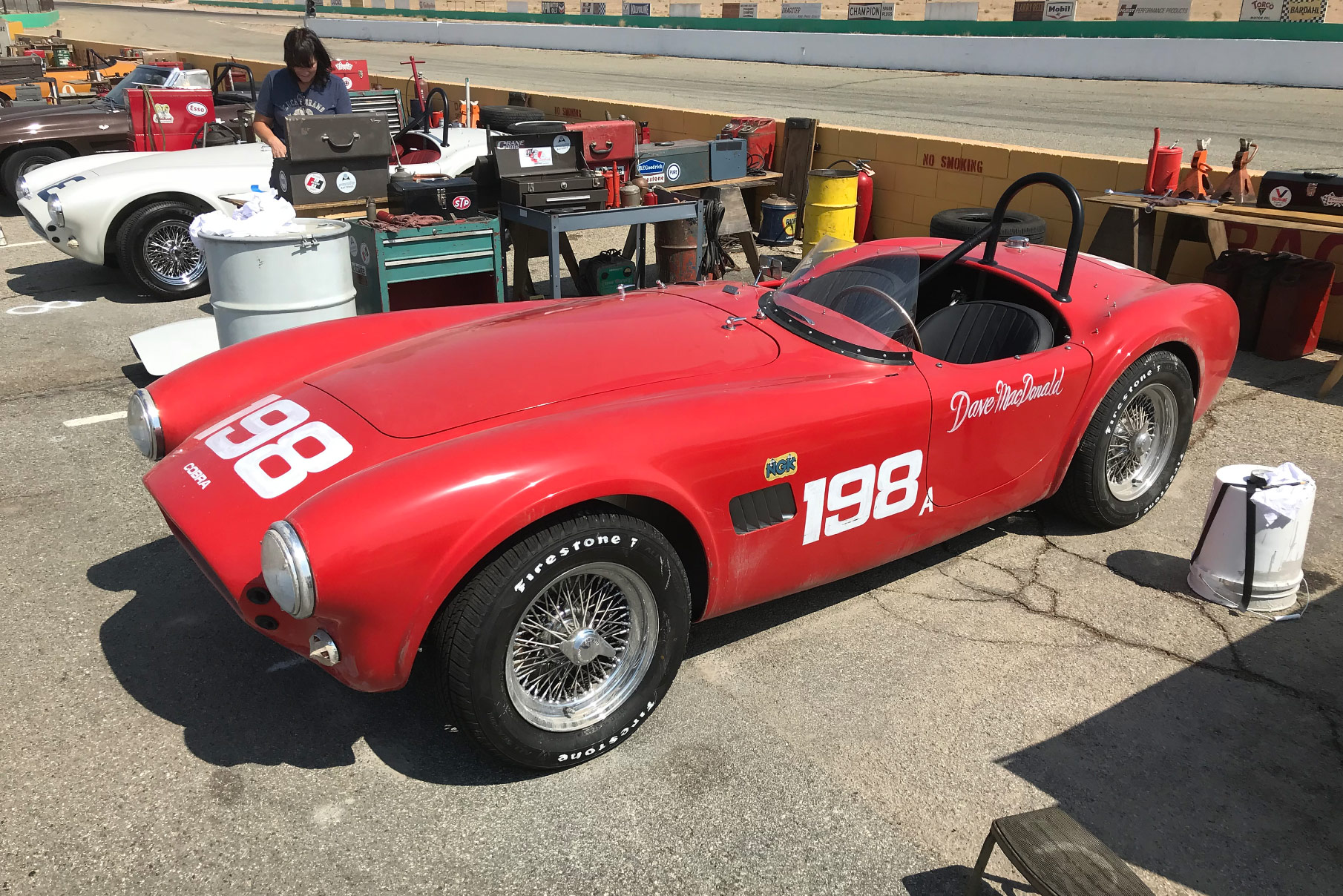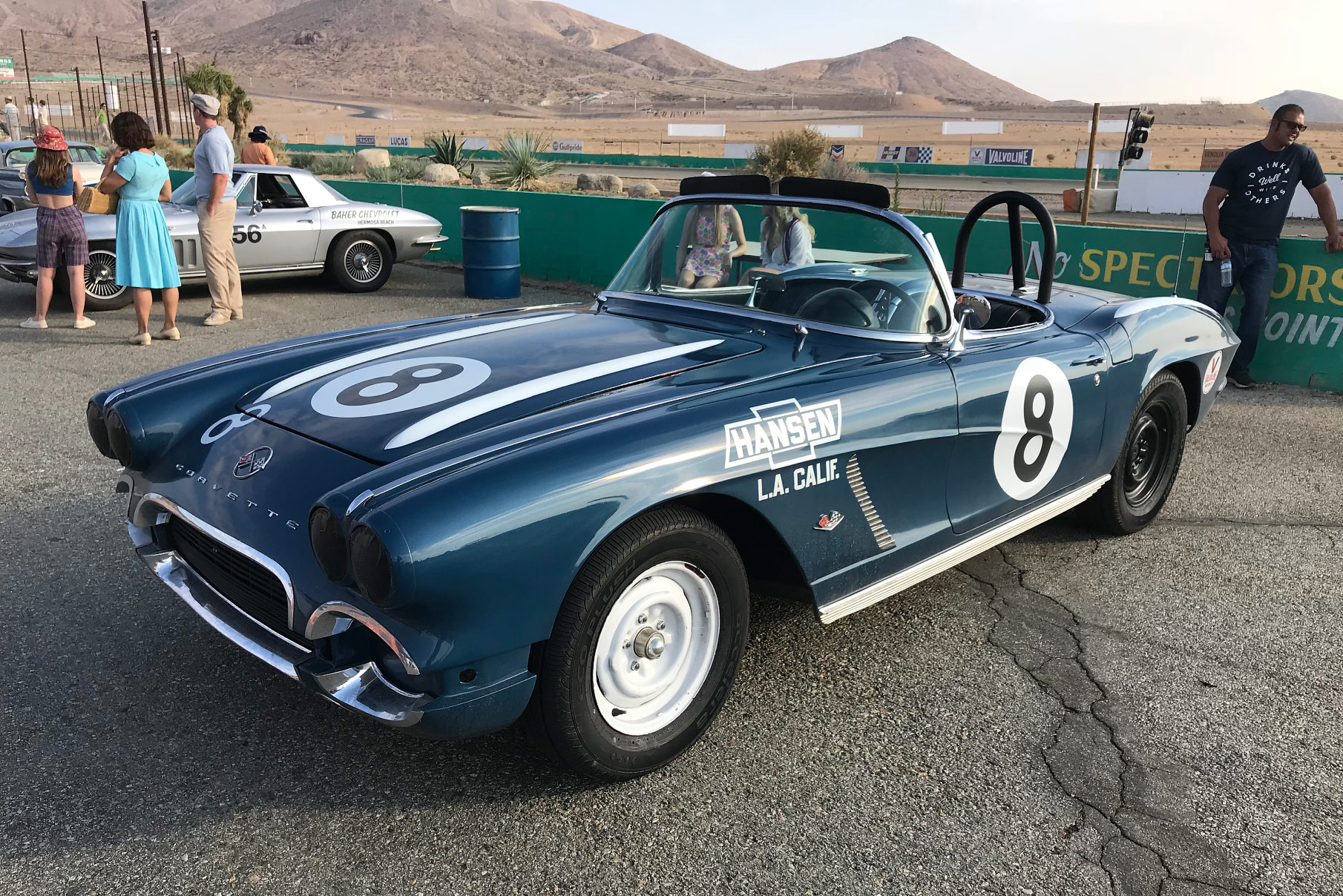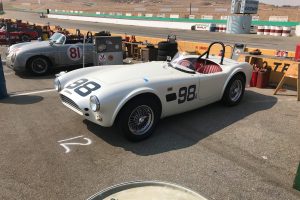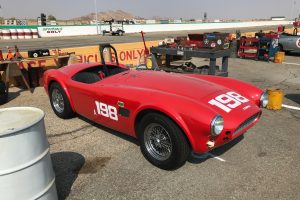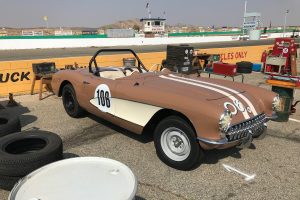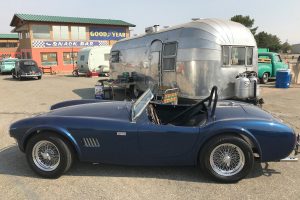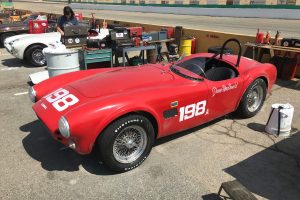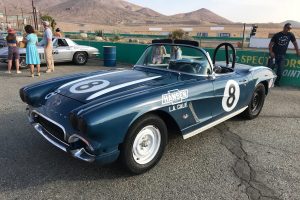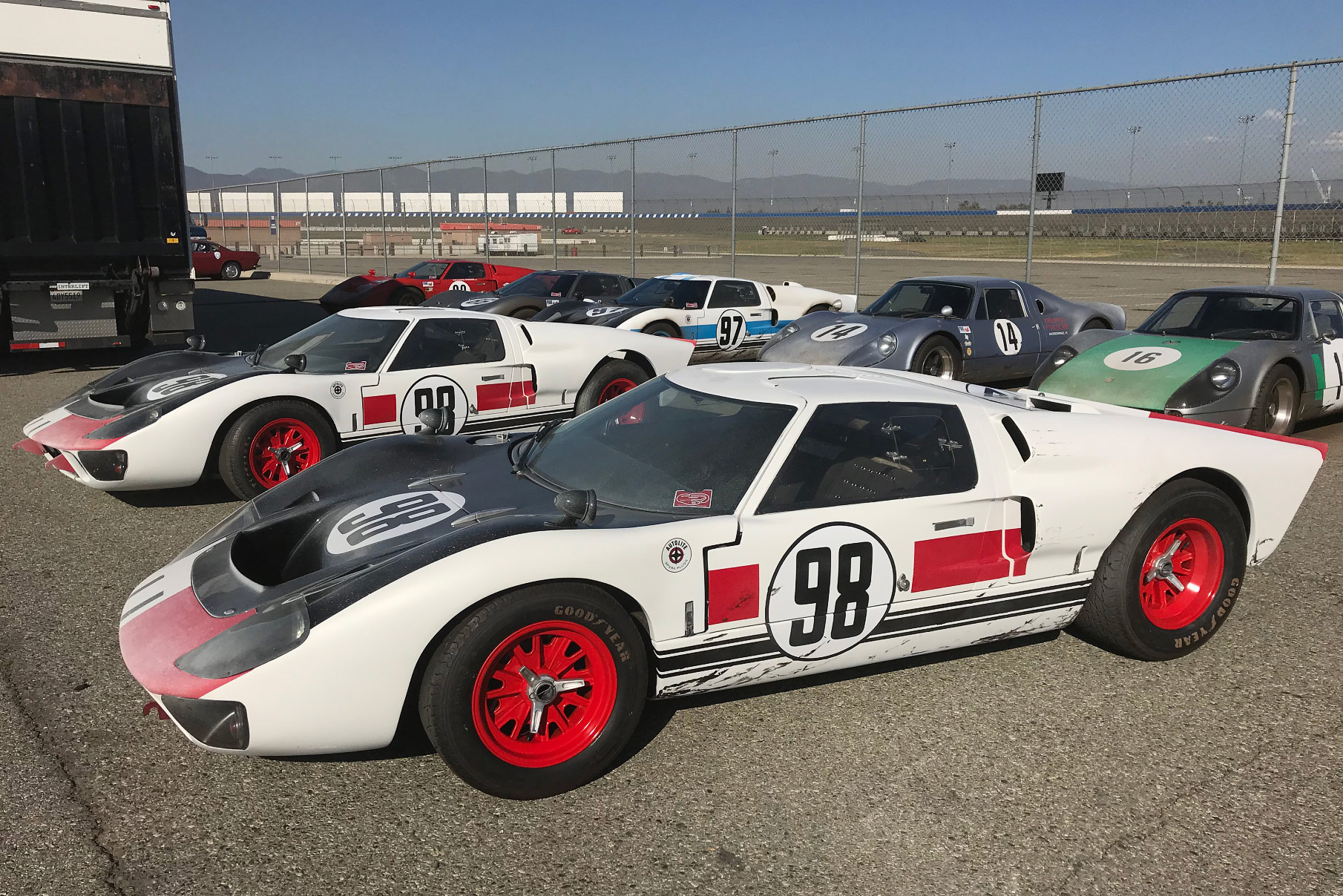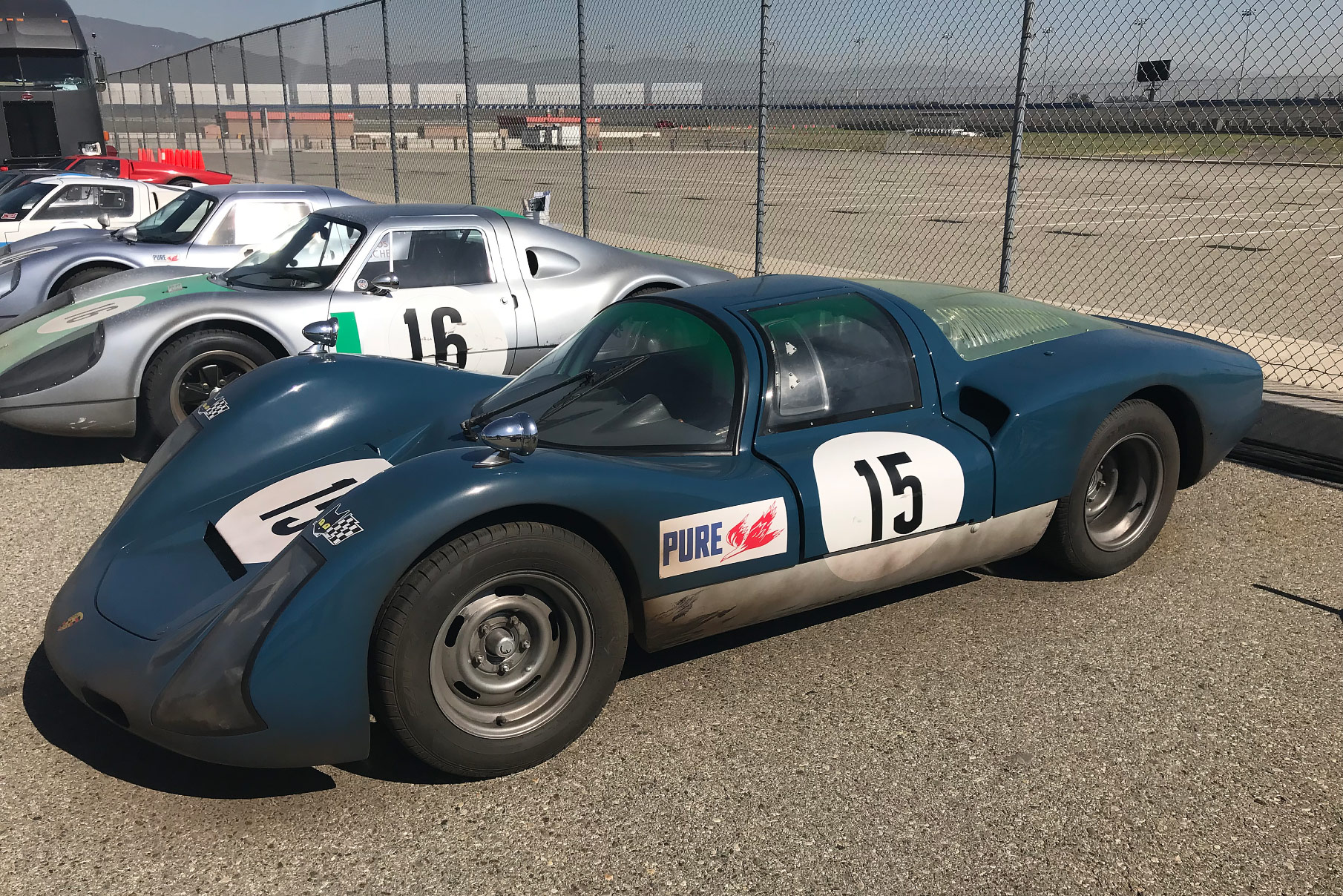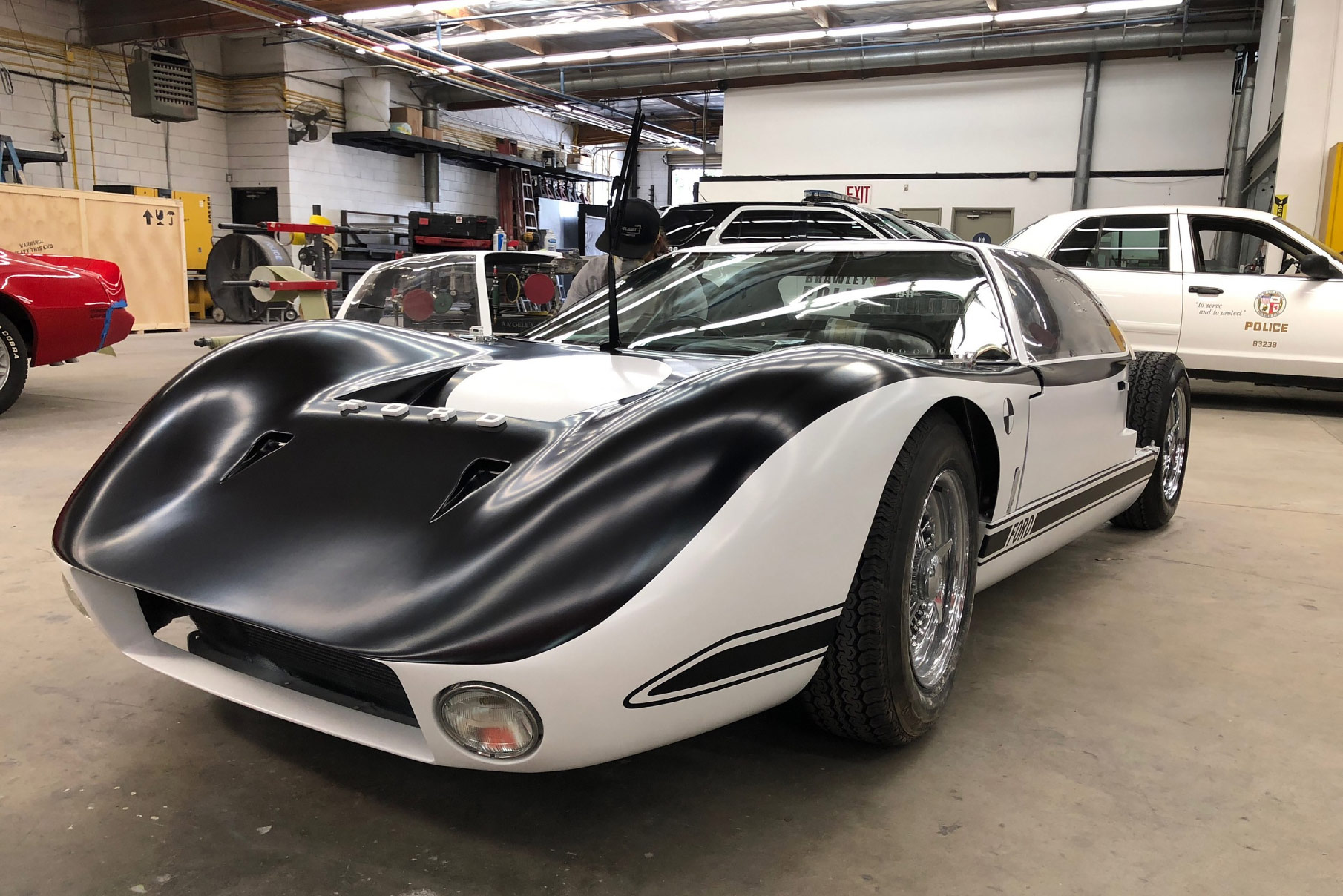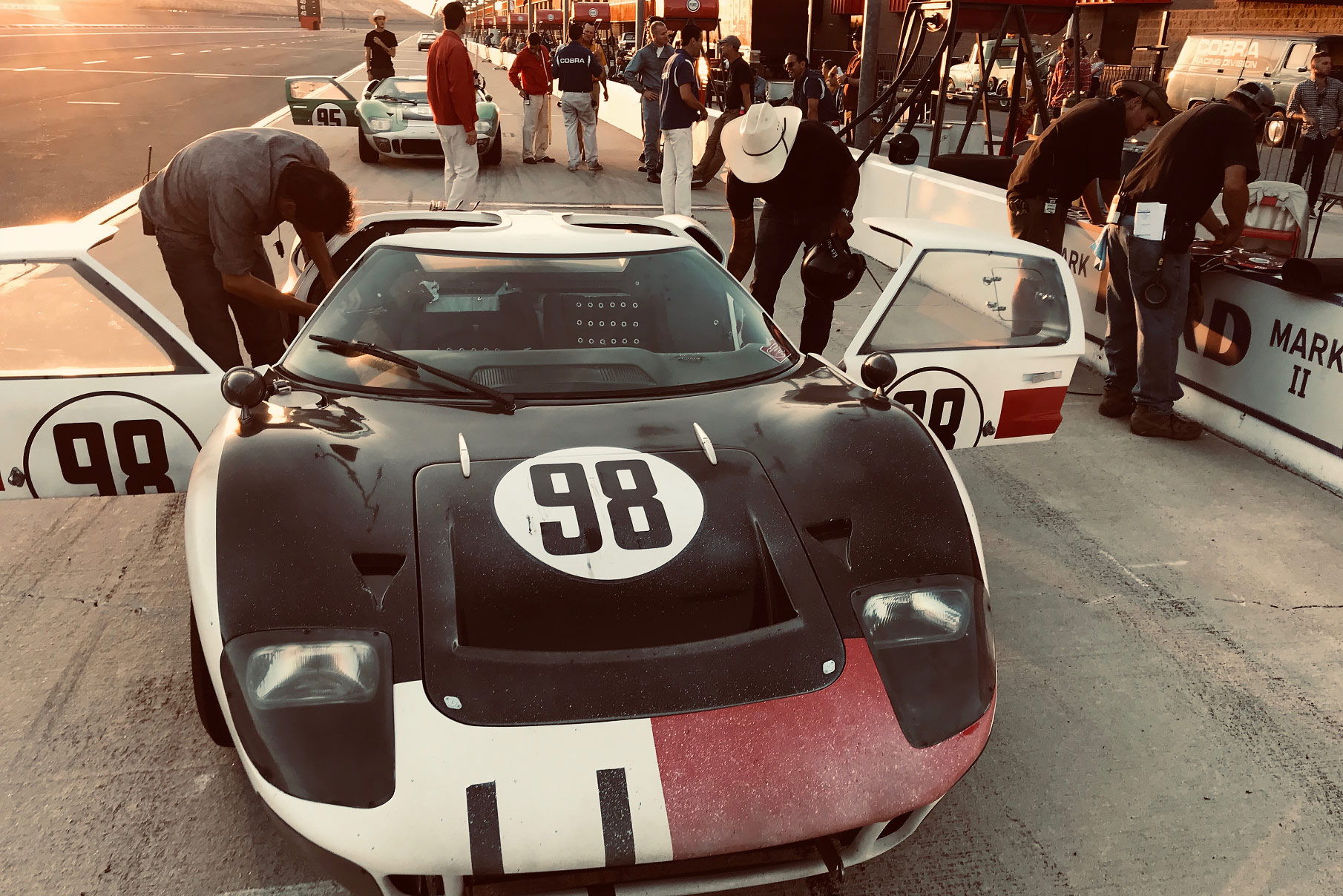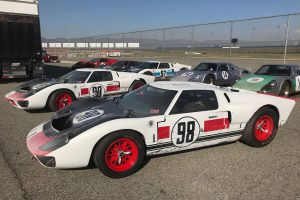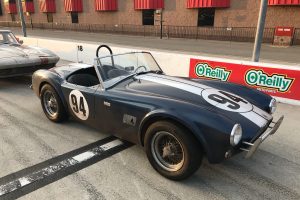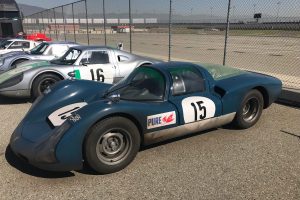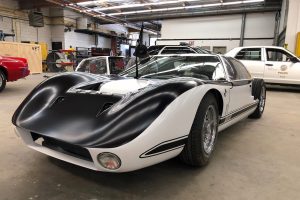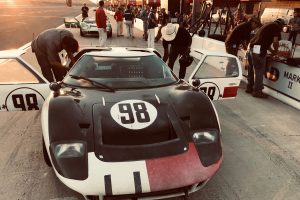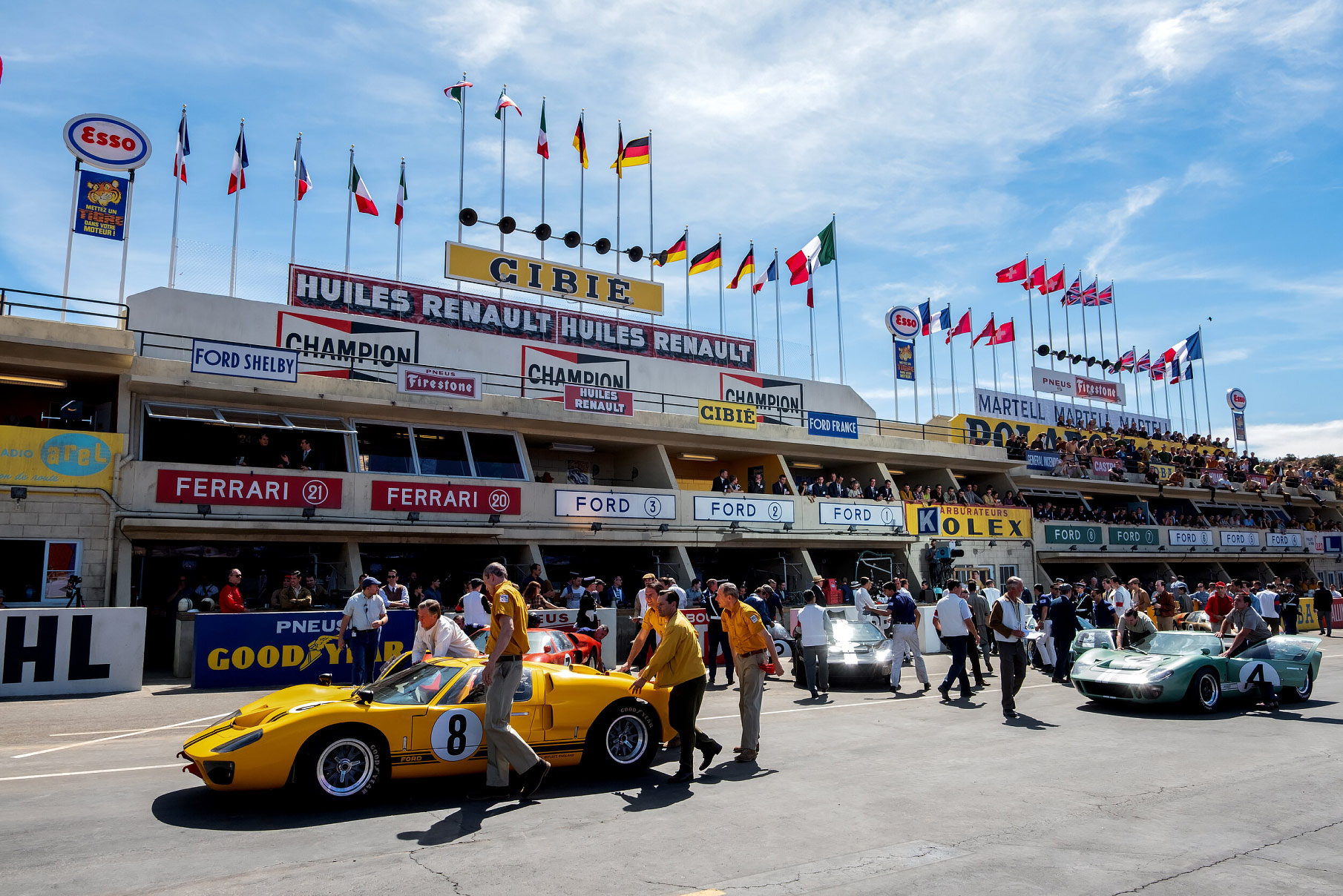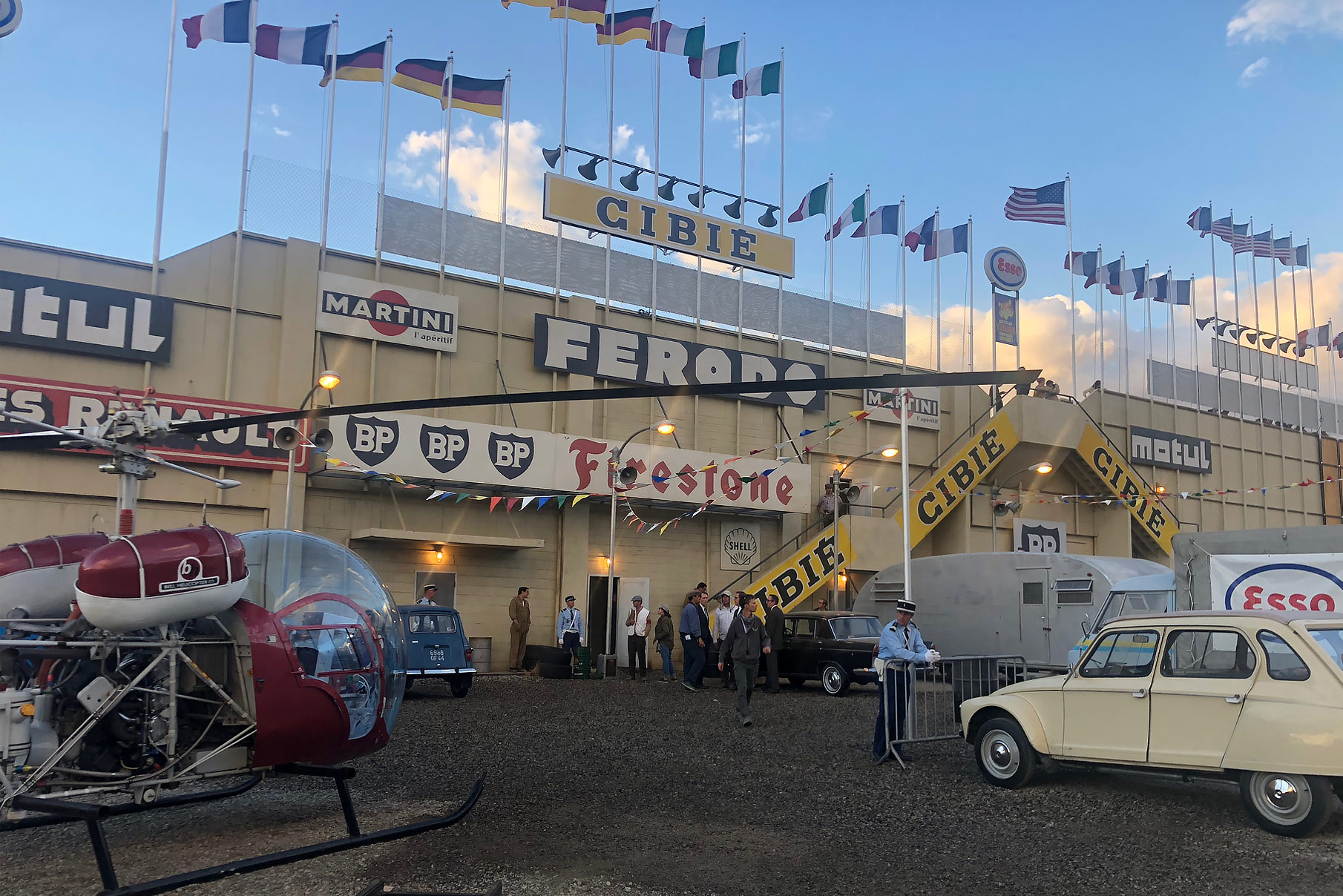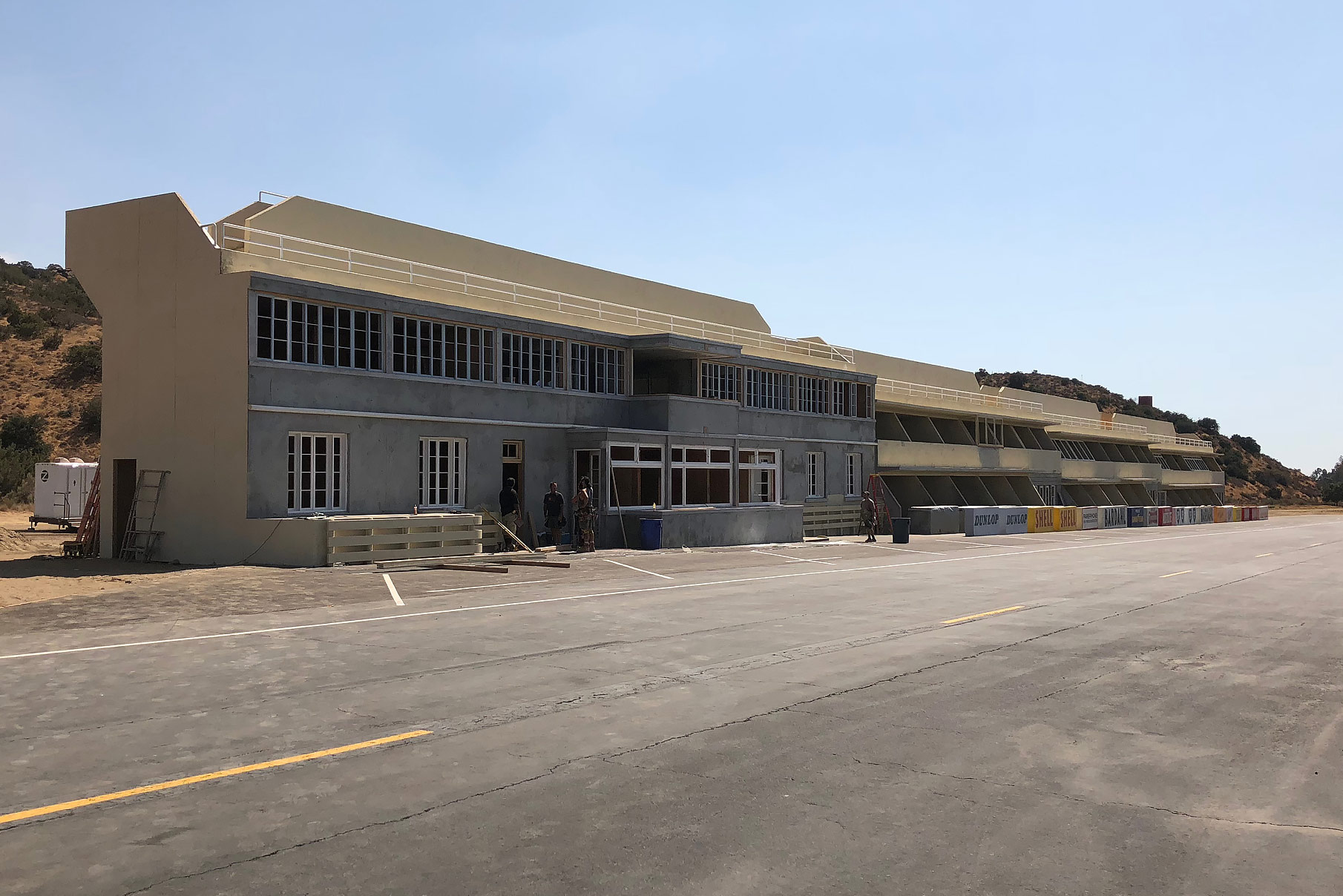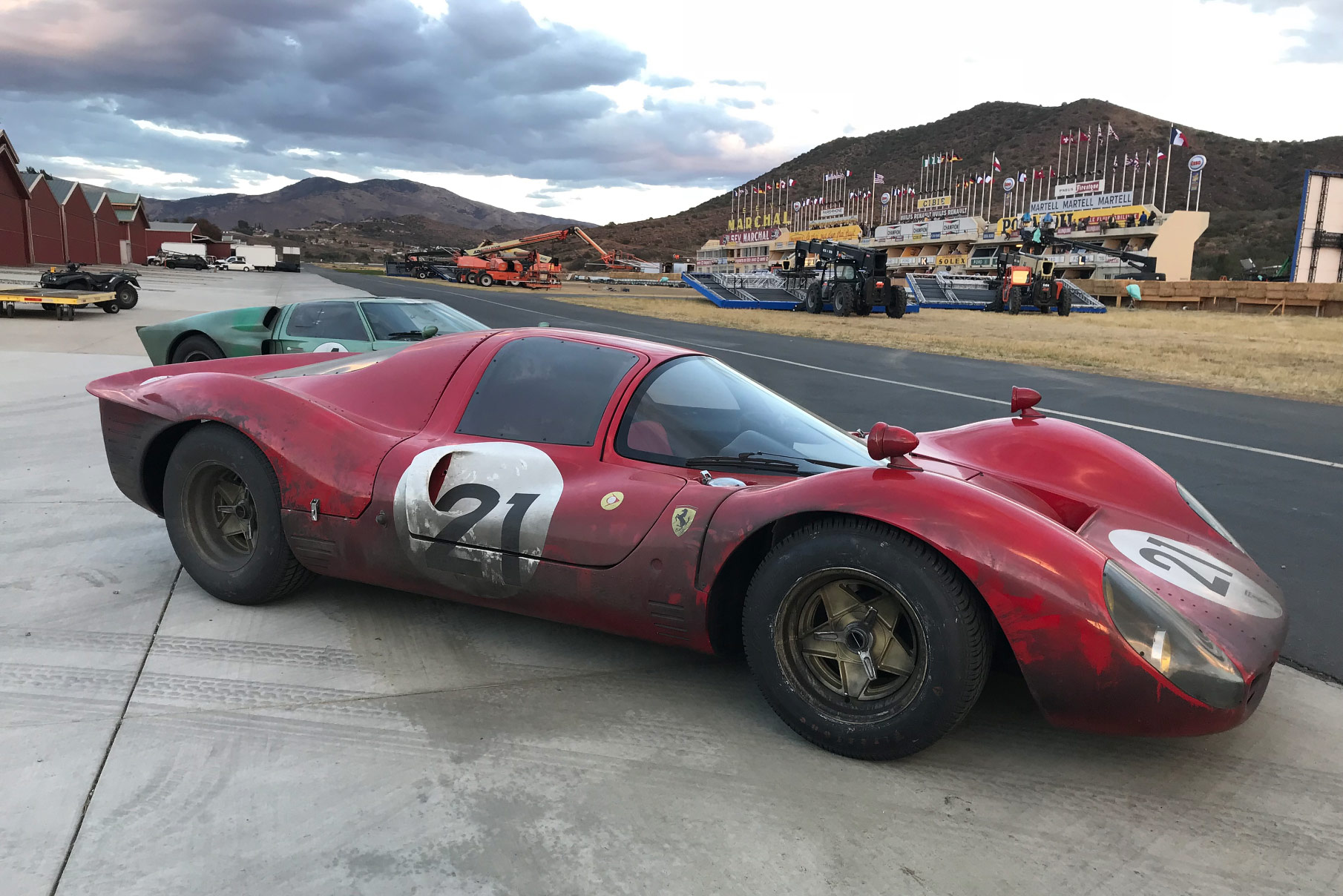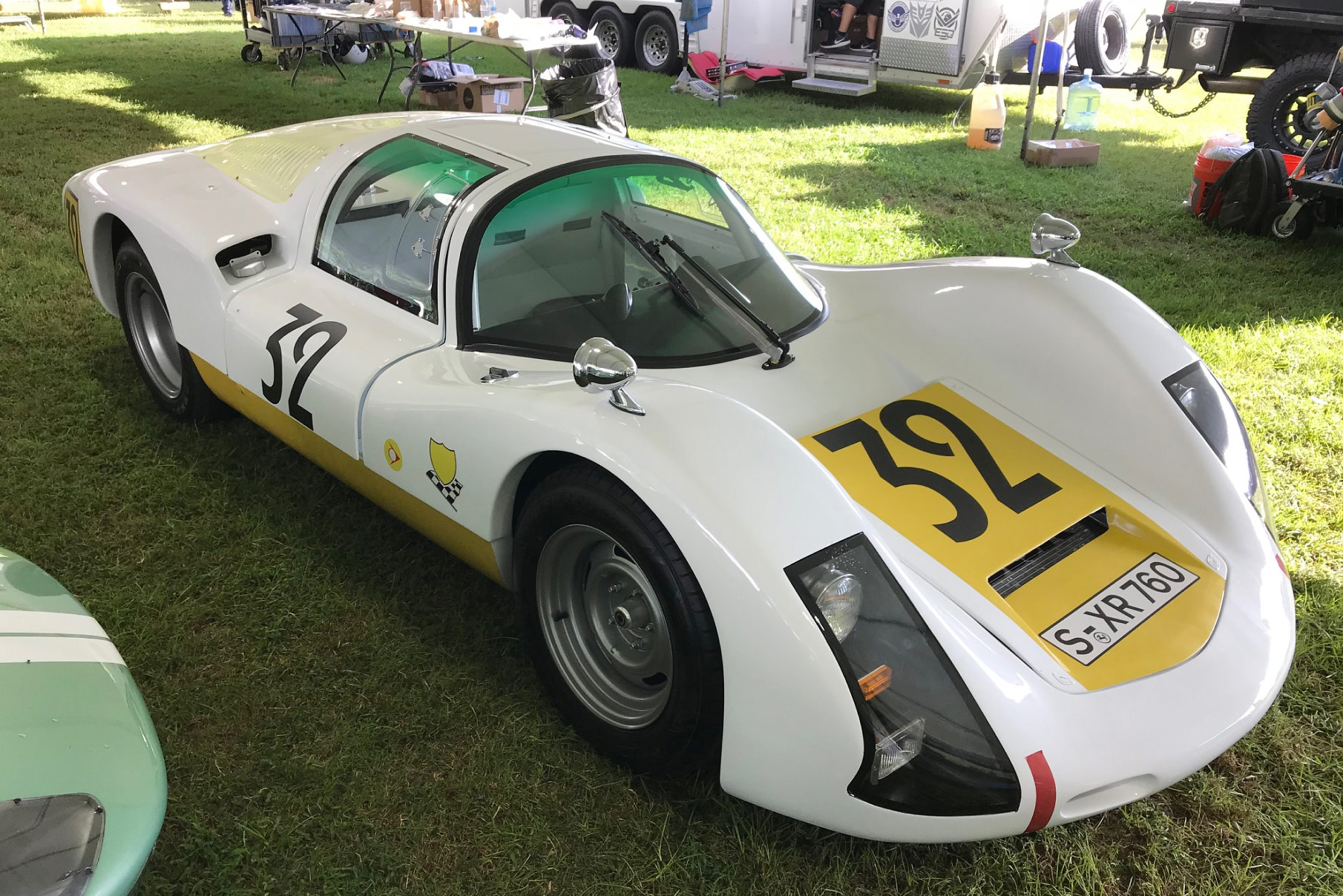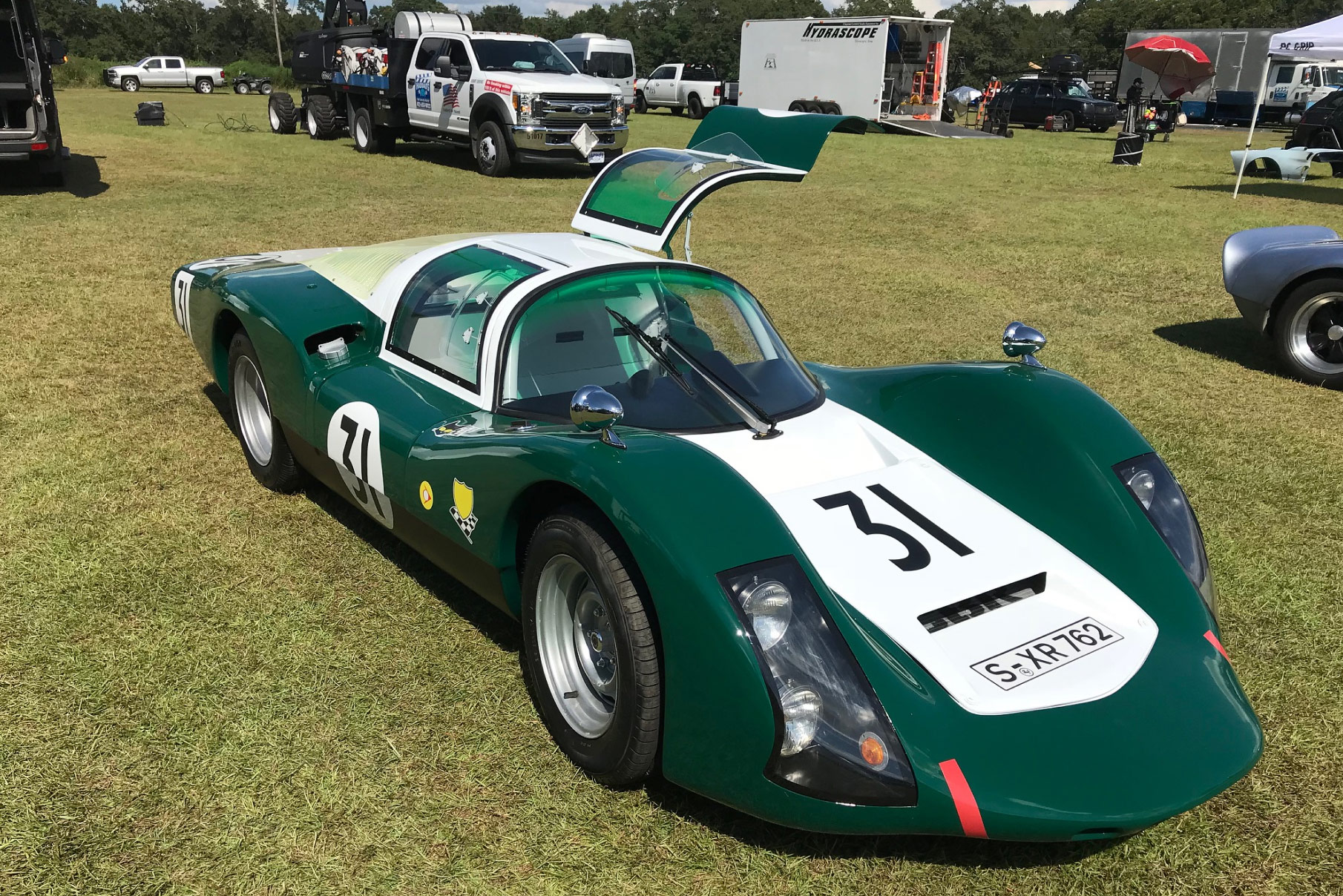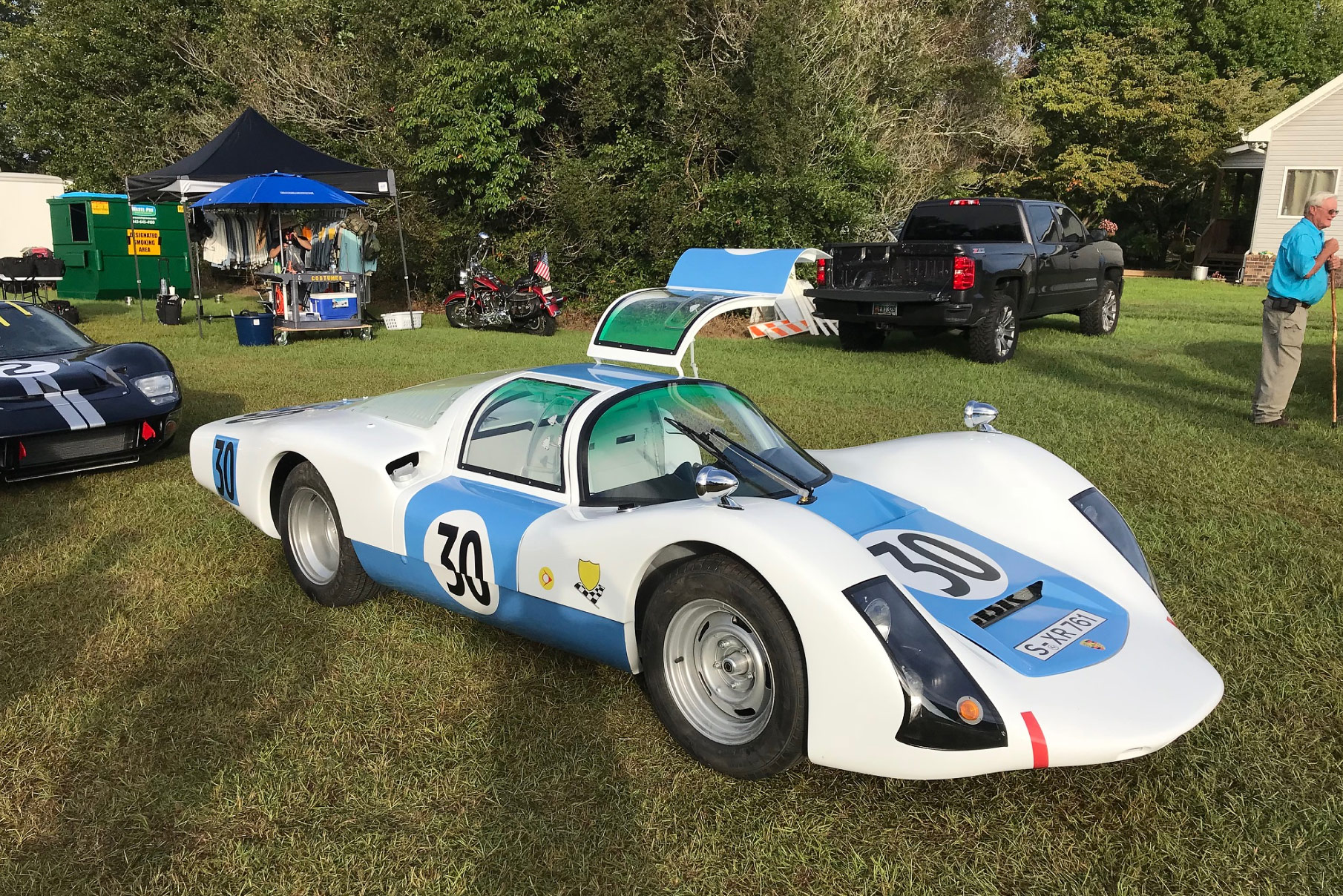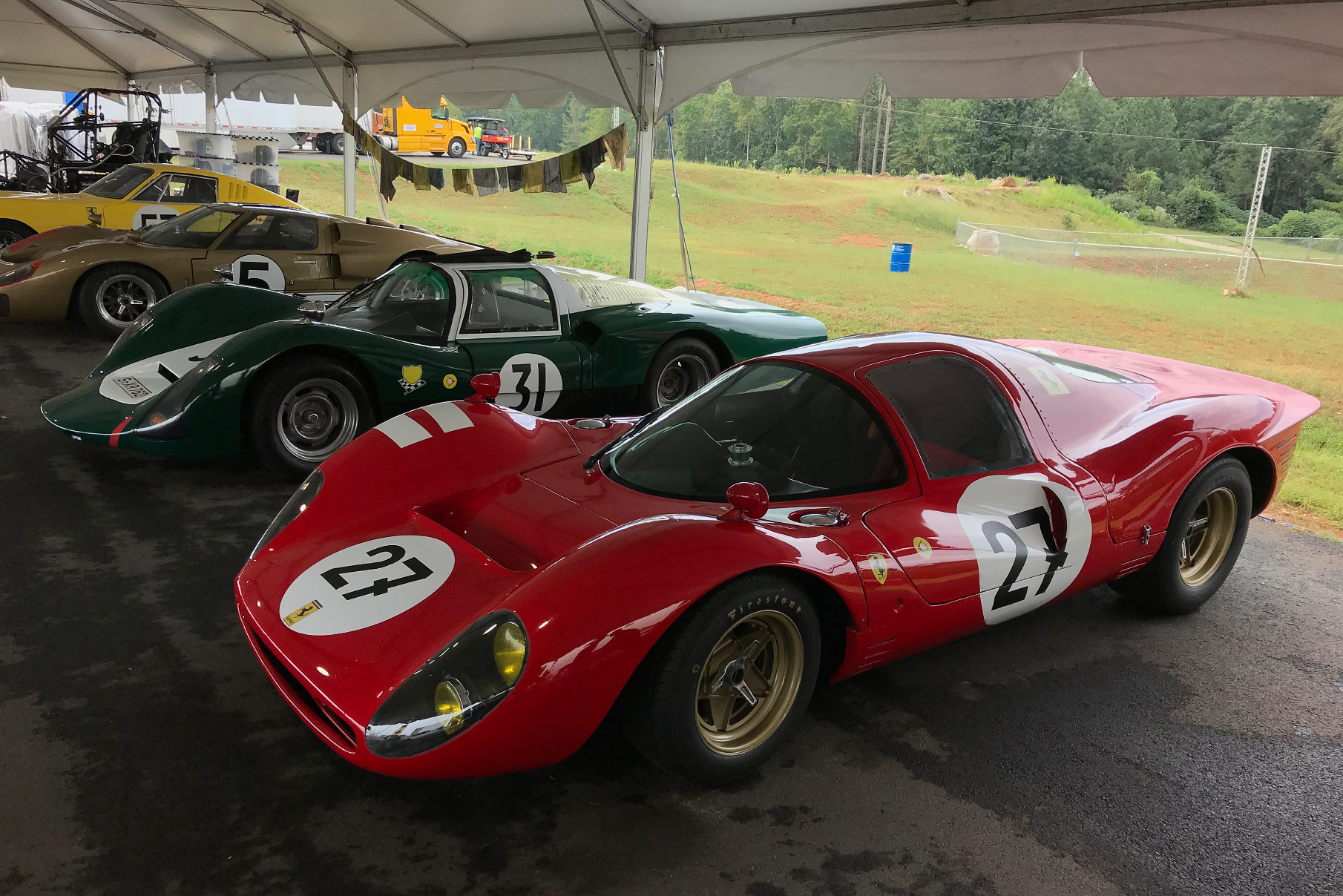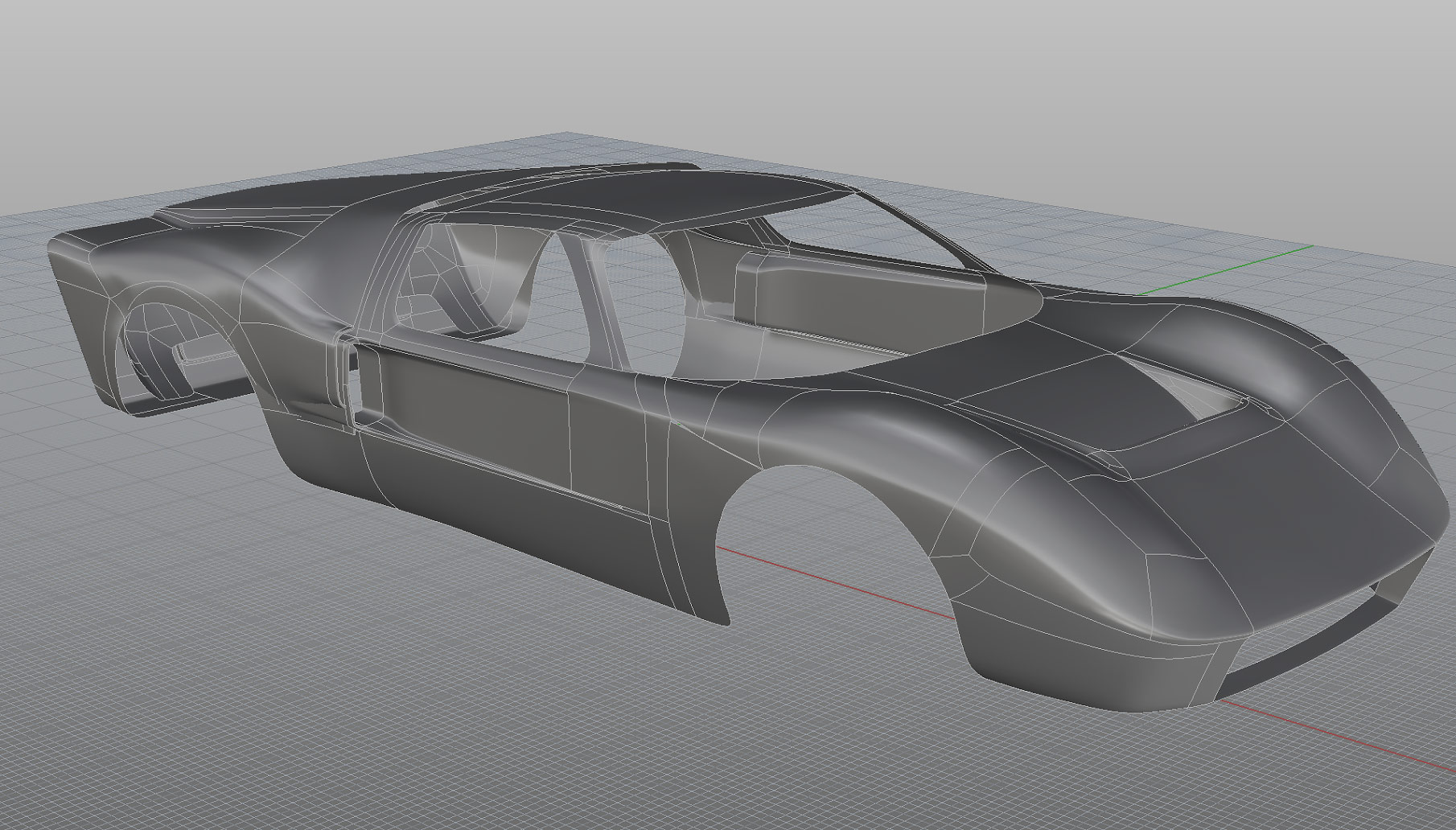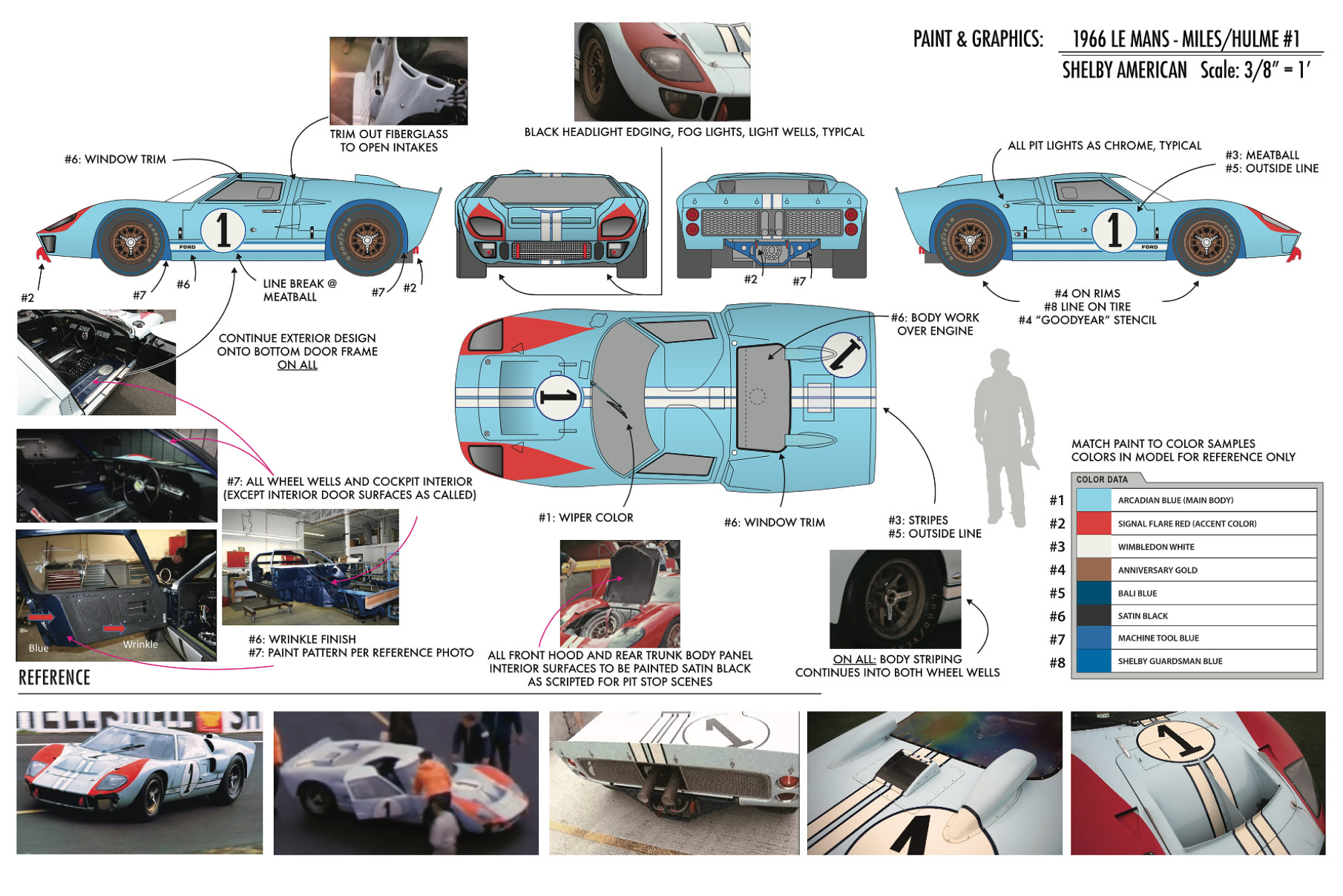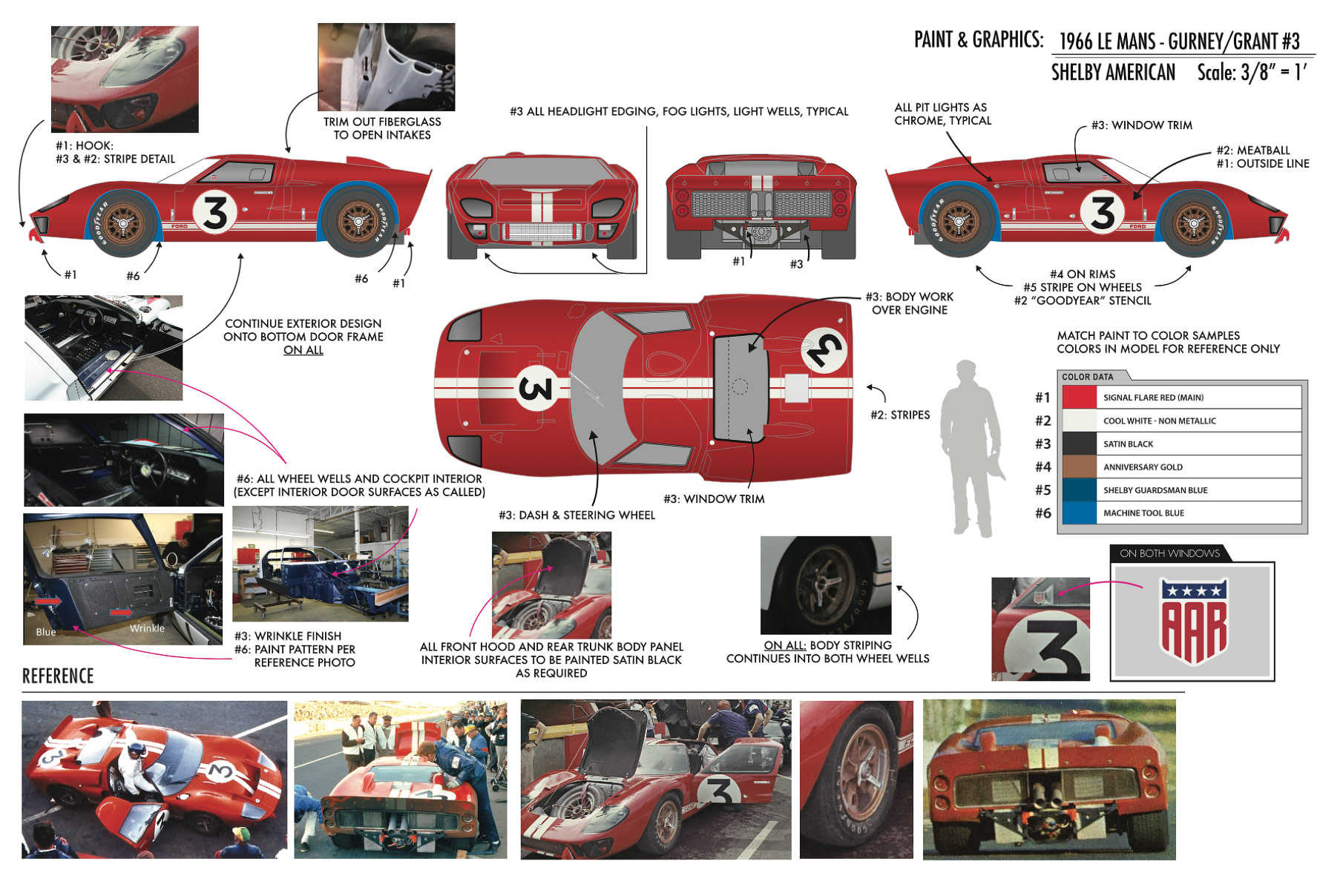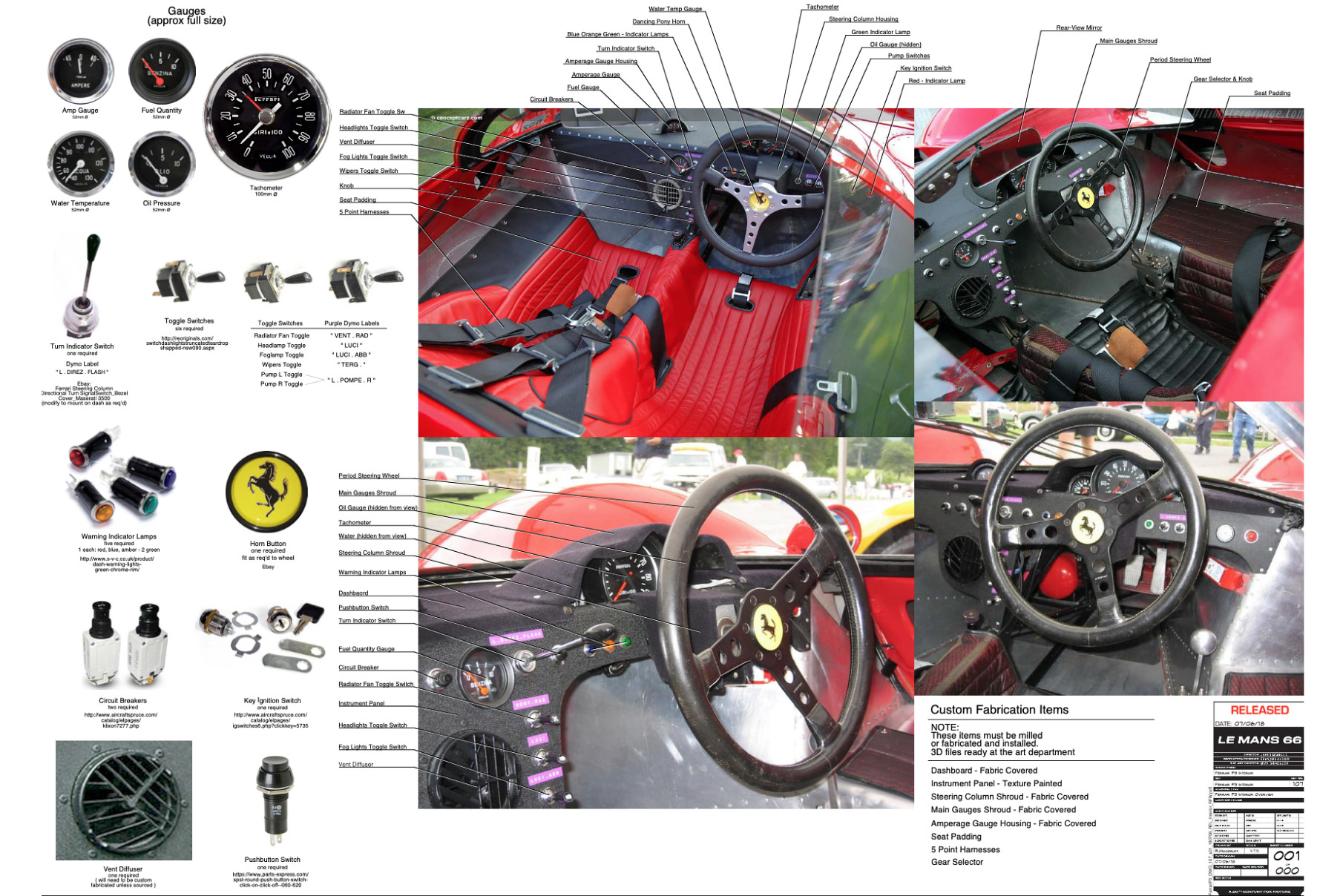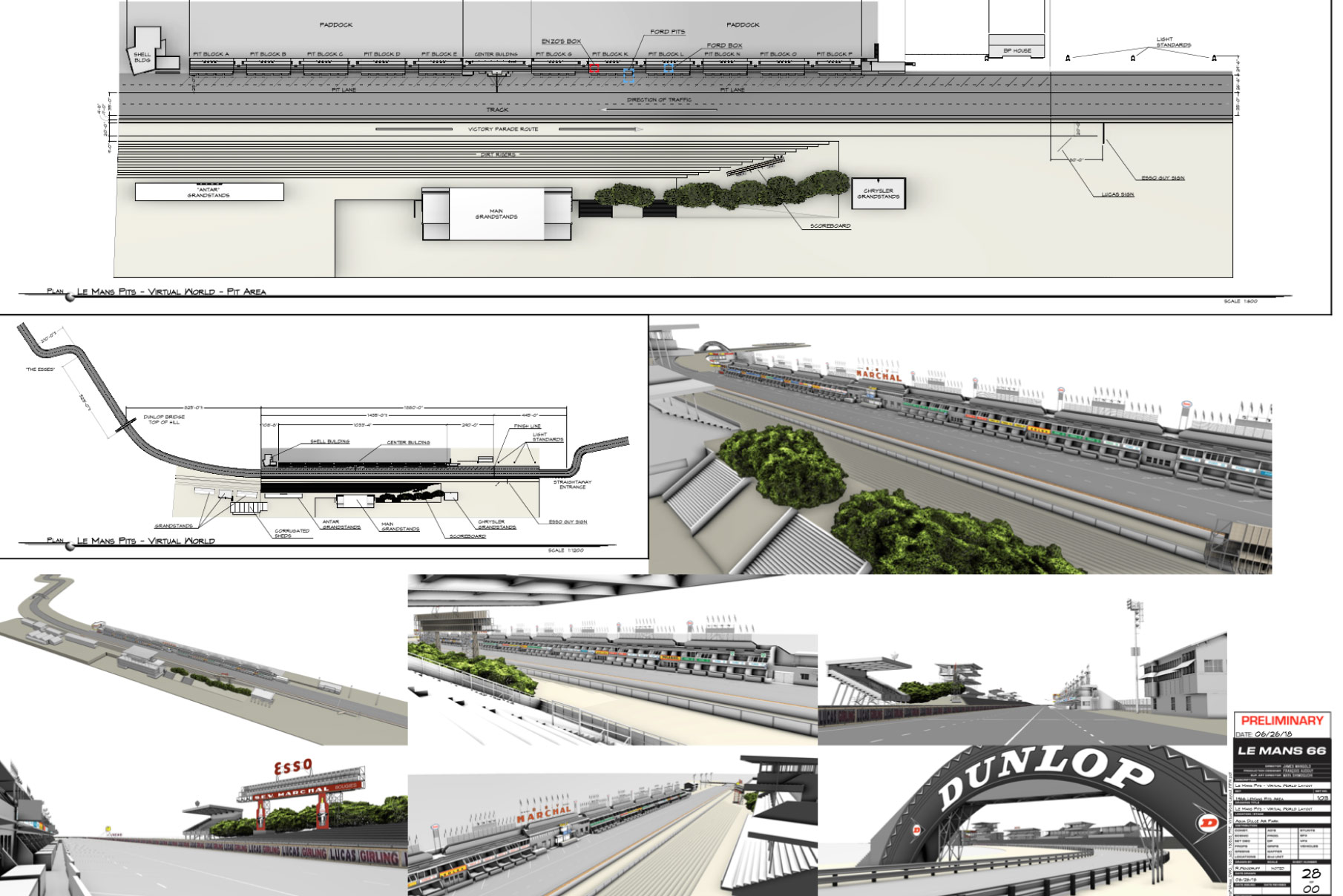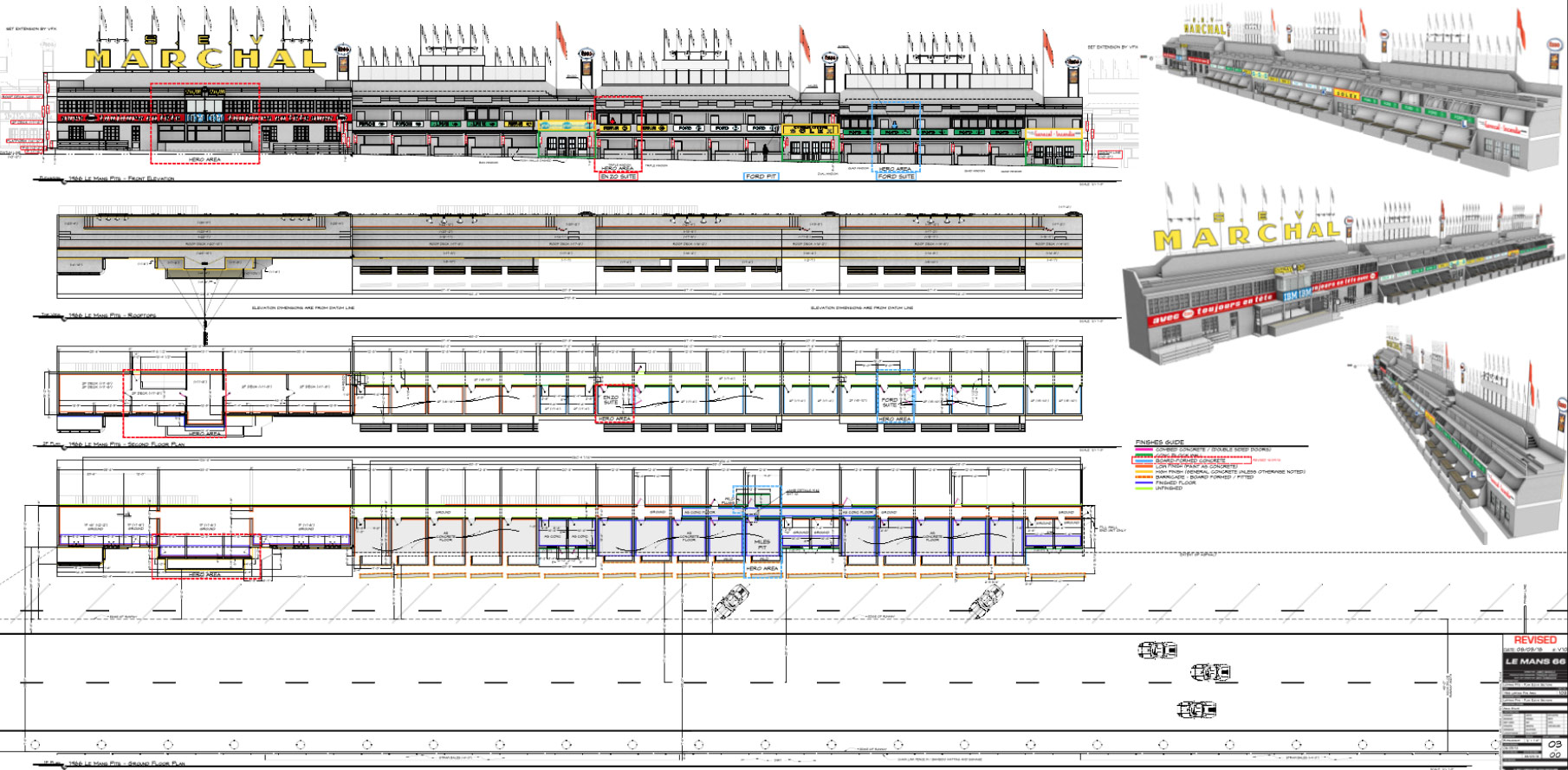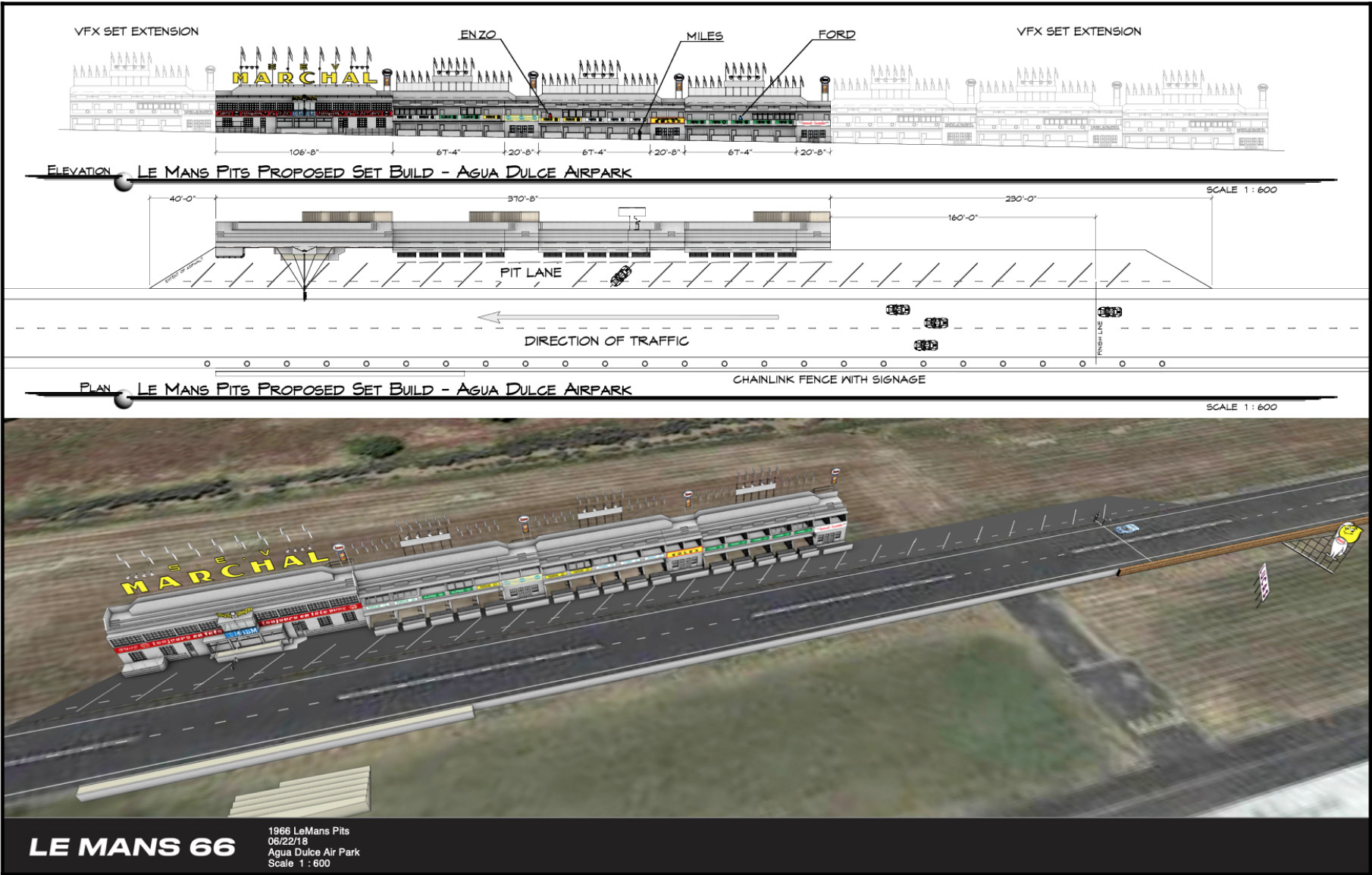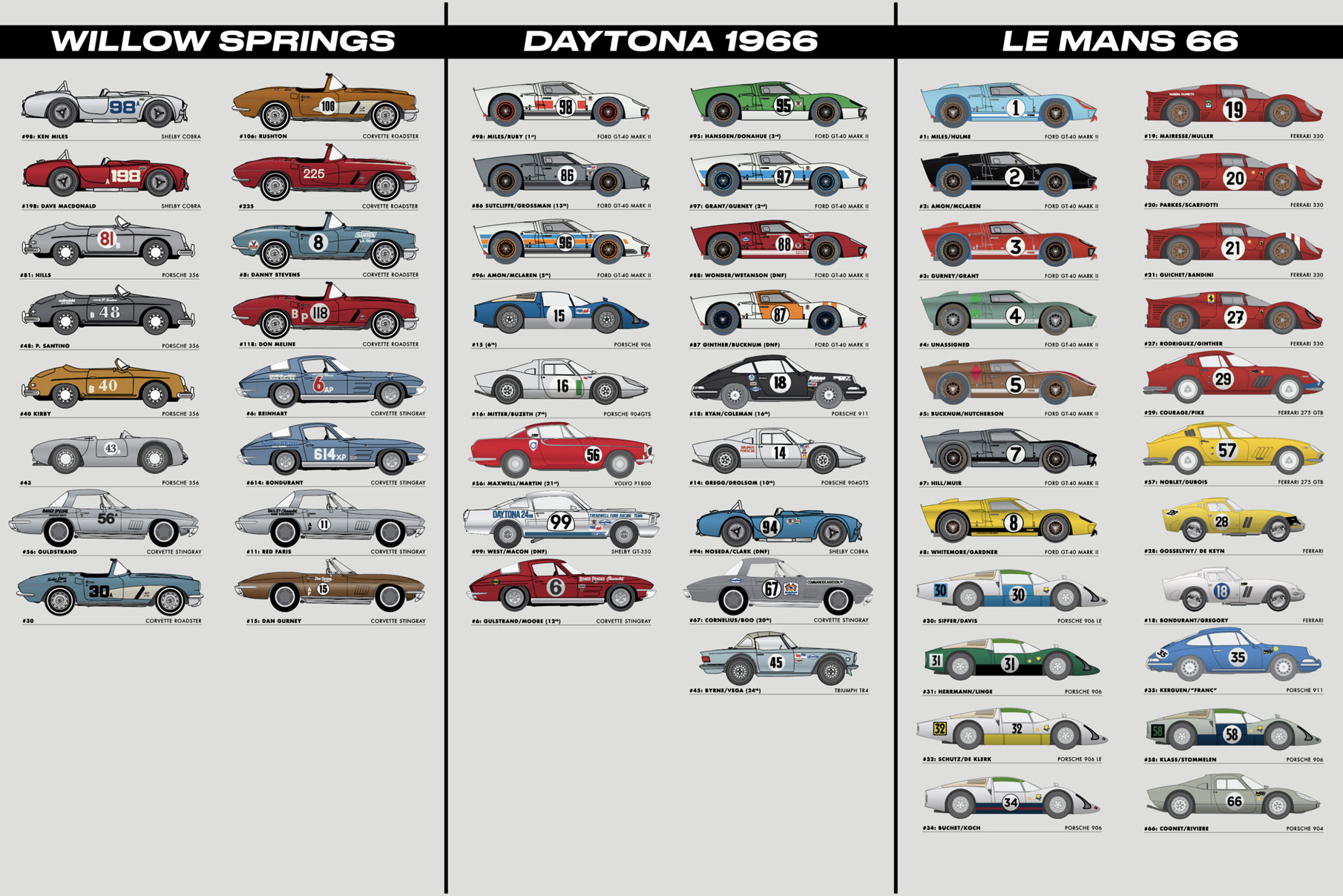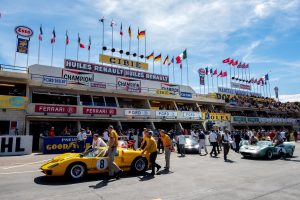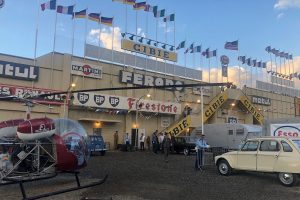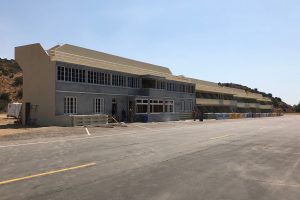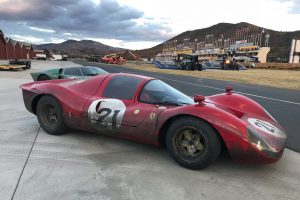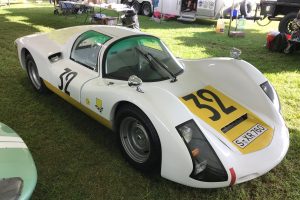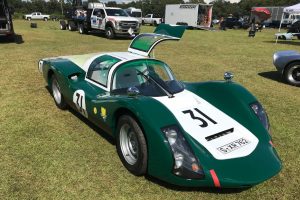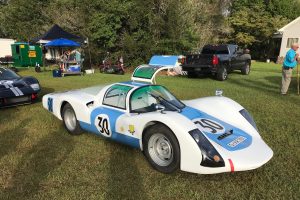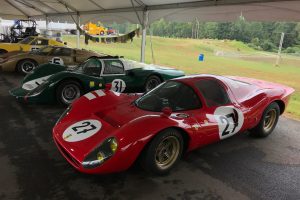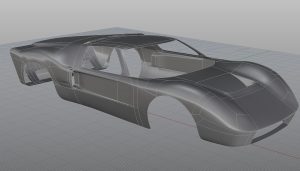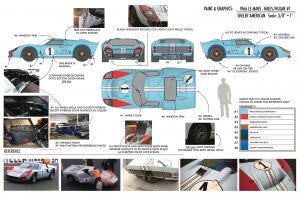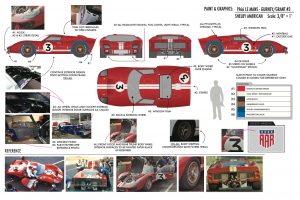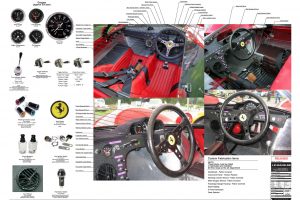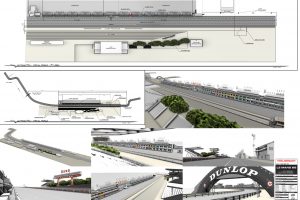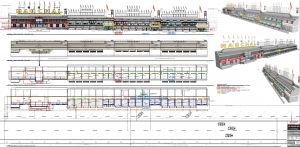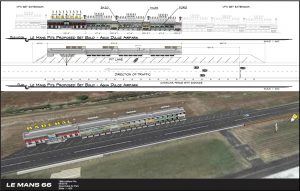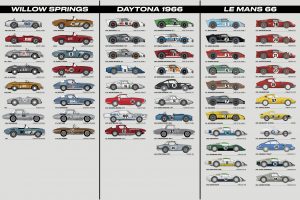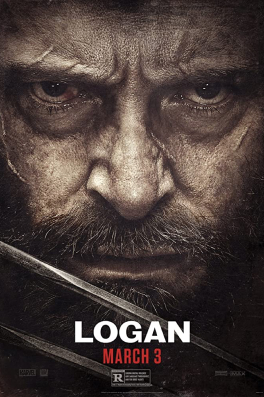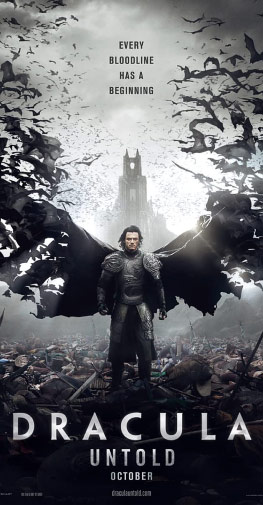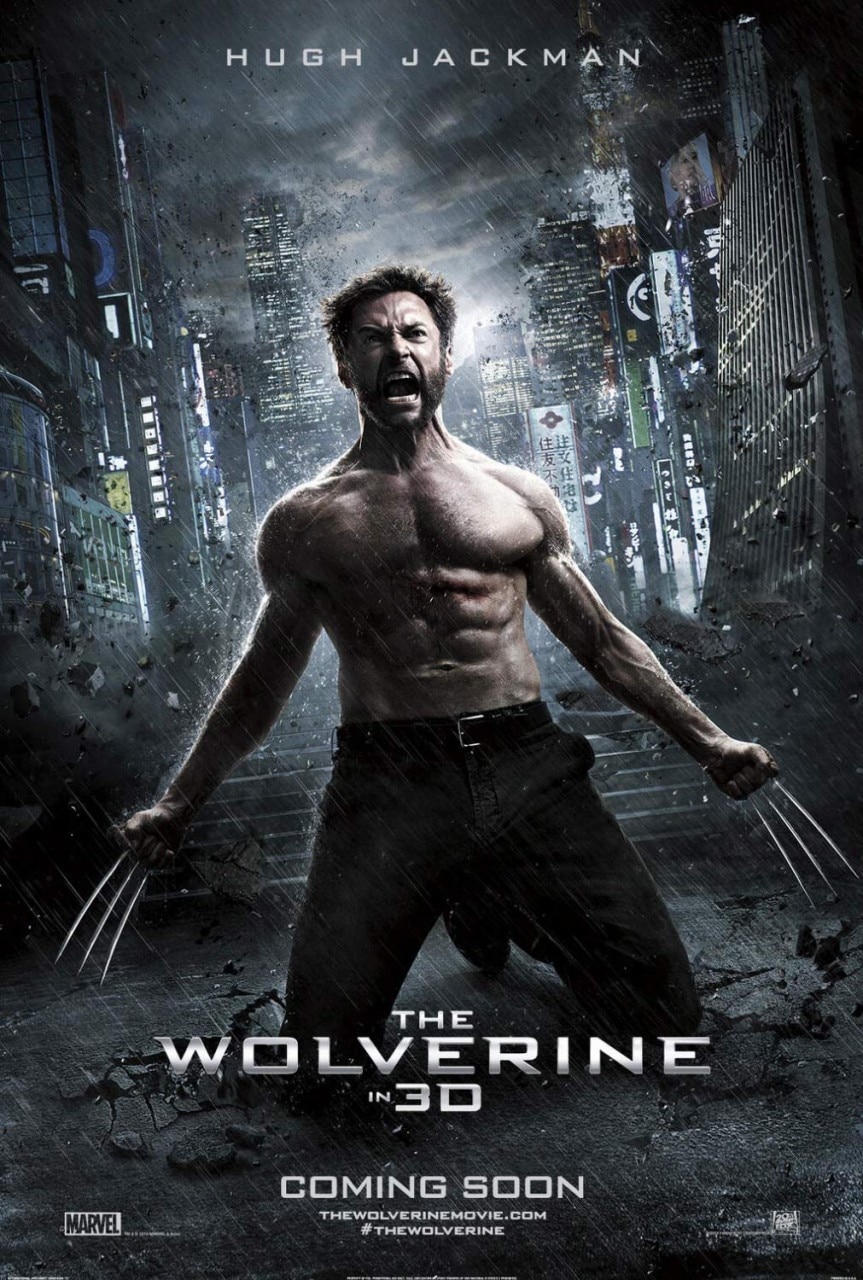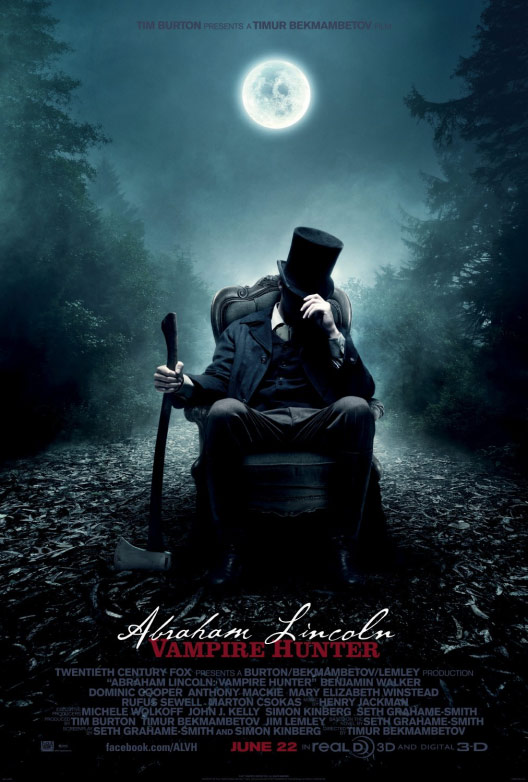Ford v Ferrari
Director James Mangold
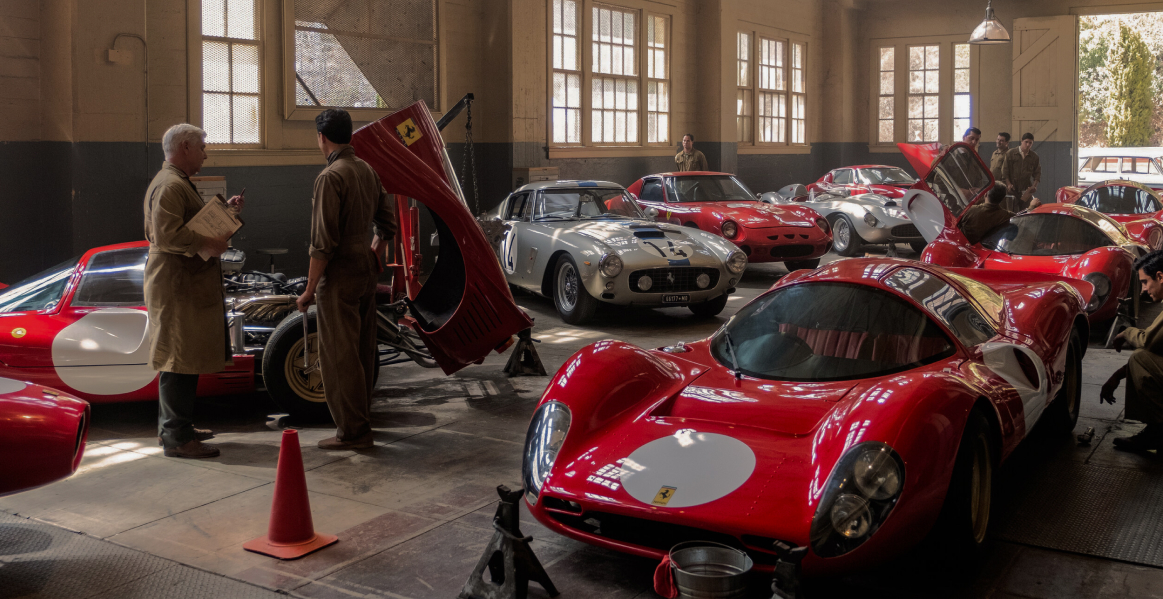
The entirety of the races are analogue. It’s really physical, which was the whole point for me. There is still something unique about that which is real.
James Mangold
Index
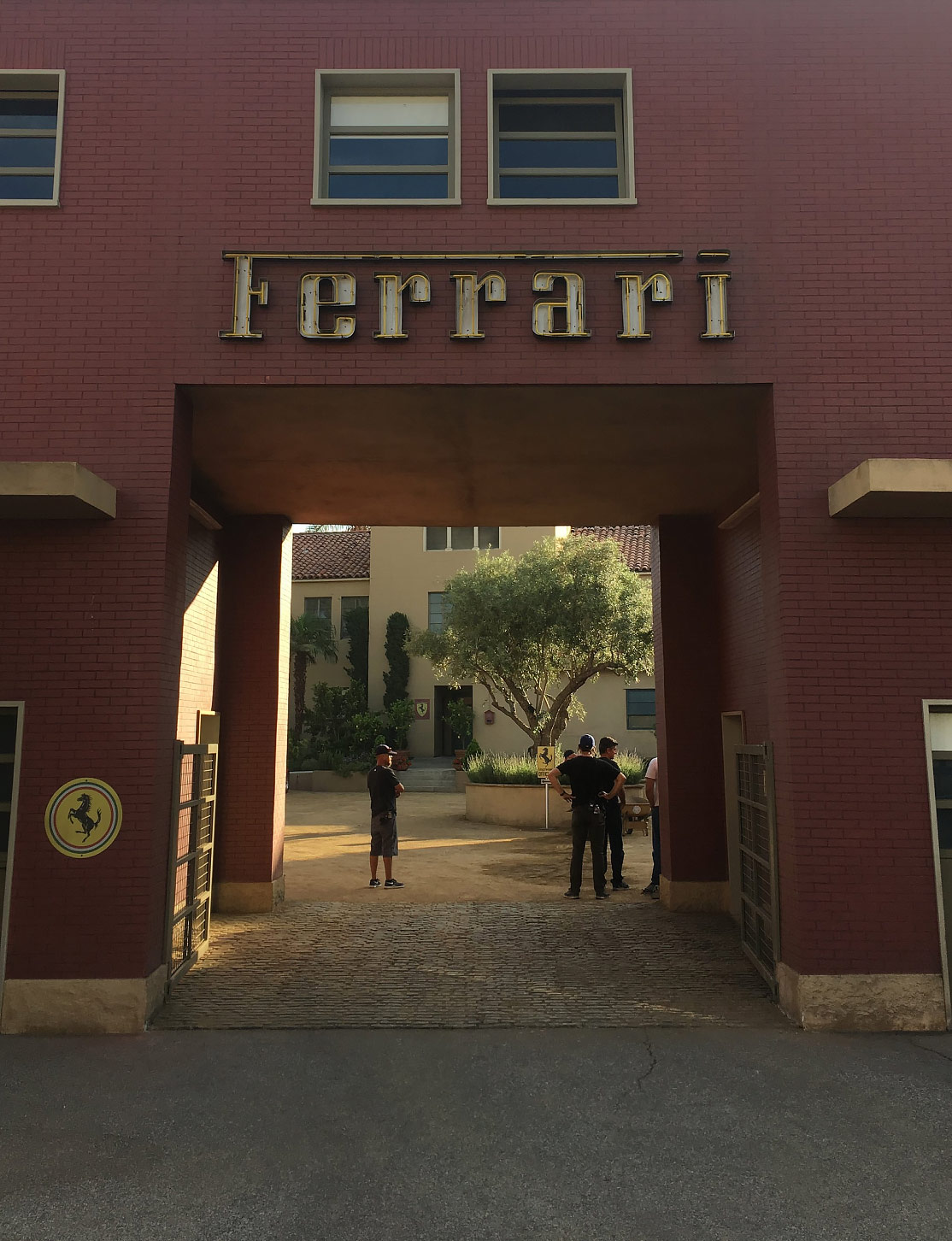
- Introduction
- Chapter 1: Ford’s River Rouge Factory
- Chapter 2: Ford Headquarters & Romeo Test Track
- Chapter 3: Ferrari Factory, Maranello
- Chapter 4: Willow Springs
- Chapter 5: Ken Miles’ Neighborhood
- Chapter 6: Shelby American, Venice
- Chapter 7: Cloverfield Airport
- Chapter 8: Shelby American, LAX
- Chapter 9: Daytona International Speedway
- Chapter 10: Circuit de la Sarthe, Le Mans
Read the full article
in perspective magazine
All of us who worked on “Ford v. Ferrari” appreciated that this was an endangered species of a film—the type of movie that film studios now rarely produce. This was to be an original, period, biopic shot in Southern California, with additional photography in Georgia and France.
It would require the recreation of period settings that spanned the landscapes of Southern California, Michigan, Florida, England, Italy and France, and it would necessitate that we build and rent dozens of priceless 1960s race cars.
The screenplay by Jez and John-Henry Butterworth recounted the true story of visionary car designer Carroll Shelby’s relationship with famed race car driver Ken Miles, and their battle to build the revolutionary Ford GT-40 that took on the dominating Ferraris at the 24 Hours of Le Mans in 1966.
I found inspiration from several films from the 1960s: “Contempt” (1963) by Godard, “The Umbrellas of Cherbourg” (1964) by Jacques Demy, “Grand Prix” (1966) by John Frankenheimer, and “Playtime” (1967) by Jacques Tati.

designing scenery AT 150 FT. peR second


Photo By Merrick Morton. All images and videos © 20th Century Studios
As I began assembling research photos of sleek race cars and exotic locales, a kaleidoscope of color emerged. I realized that the graphic spectrum of these cars would provide the rudder for the film’s color story.
Central characters in our story were the cars, and recreating them proved to be an enormous challenge, as they could take several months each to manufacture. The actual race cars we sought were collector items worth tens-of-millions, and therefore not viable.
Total vehicle count came to 416 including 34 custom-built race cars (playing as 55), race support trucks and period background types with their makes, colors, and interior details from five different countries! These played in 23 major scenes including four race events and multiple prototype and test runs, factory scenes and showrooms.
Every day yielded new details from historical photographs and interviews with restorers of the original race cars. We cross-checked this against inaccuracies in replicas and other restorations to find confidence in the most authentic appearance.
(Look for the “Gurney Bubble” on the #3 car driven by Dan Gurney/Jerry Grant and #2 car piloted by Amon/McLaren, which is a heightened door bulge to fit Dan Gurney’s 6’-4” frame.)
Chapter1
Location
Ford’s River Rouge Assembly Line
Dearborn, Michigan
Near downtown LA, a massive warehouse became Ford’s River Rouge Assembly Plant. 21 Ford Falcons were restored and dressed to portray the various stages of automobile assembly.
The Rouge was the largest assembly line in the world during the 1960s.

Set Designer Rich Romig modelled the set in Rhinoceros, including what would be the VFX set extension. A corridor of mid-management offices was built onto an existing mezzanine, overlooking three practical assembly lines. Extras were trained to install windshields, wheels, and body panels, and also paint parts in a practical spray booth.
James Mangold pushed for an immersive set, so three assembly lines would ultimately be built and dressed with 21 Ford Falcons that were restored and painted with historical automotive paint to match the cool blue color scheme of the Ford scenes.


“Hear that? That’s the sound of the Ford Motor Company out of business.”
Henry Ford II
From the cars to the tracks to the Ford offices in Detroit, the period is brought lovingly back to life with sharp, elegant detail. The film doesn’t simply look good, it captures the story of California in a period transition and a mix-mashing of cultural influences.
Chris O’Falt, Indiewire
Chapter2
Location
Ford Headquarters &
Romeo Test Track
With Ford, steely blues and rectilinear mid-century architecture create a feeling of a cool corporate America. We utilized several locations to recreate the world of Ford headquarters in Deerborn, Michigan.
During our story, Ford occupies a monolithic building called “the Glass House,” designed in 1955 by Skidmore, Owings & Merril. It was a challege to find a locaiton that felt appropriate to that era.
Henry Ford II’s inner sanctum ultimately came to life inside a wood-paneled executive suite at the Los Angeles Times building in downtown LA.
A reproduction oil painting of Henry Ford overlooked his sweeping office. We provided the requisite well-stocked bar, executive desk with built-in telephone, and plush seating area with nickel-plated floating shelves. A grid of dye-cast models of Ford’s greatest automotive successes decorated the shelves, all in a custom pallet of cool grays and steely blues.


We recreated Ford’s Romeo Test Track at the Porsche Experience Center in Carson where a Neutra-esque control building was built on a small knoll overlooking the test track. The building was designed in AutoDesSys’ form•Z by Set Designer Rob Woodruff and entirely prefabricated in our construction mill in San Fernando.

Modelled by Set Designer Rob Woodruff
© 20th Century Studios

We also built a period-correct dynamometer lab, where engineers would test Ford’s next generation gigantic V8 engine.
The dynamometer lab was extremely advanced for the mid-1960s, and could accurately simulate the stresses incurred by the GT-40s engine over the course of a 24-hour race.
Chapter3
Location
Ferrari Factory
Maranello, Italy
As a counterpoint to Ford, the Ferrari factory in Maranello, Italy had to be recreated.
Southern California,
Italian Style
Ferrari’s iconic red-brick gates were replicated in an existing courtyard at the Lanterman Facility in Pomona, with Enzo Ferrari’s office built with a picture window overlooking a courtyard overflowing with olive trees, palms, and lavender.
The factories of Henry Ford and Enzo Ferrari were worlds apart. The signage was designed to reflect each corporate culture. Ferrari’s factory revolved around the sleek world of European racing, and his shop was that of a bespoke craftsman.



The factories of Henry Ford and Enzo Ferrari were worlds apart, with signage designed to reflect each corporate culture. Ferrari’s factory revolved around the sleek world of European racing, and his shop was that of a bespoke craftsman.
Set Designer Patrick Dunn-Baker meticulously modelled the factory gates in Rhino, based on dozens of photos from the period. The gates were incorporated into a model of the location at the Lanterman Facility in Pomona.


Modeled by Set Designer Patrick Dunn-Baker
© 20th Century Studios

by Scott Lukowski
© 20th Century Studios
Concept illustrator Scott Lukowski’s artwork helped sell the location to the filmmaking team. A massive olive tree was dug into the courtyard, encircled by hundreds of Mediterranean lavender bushes.


Life Magazine
Research
Chapter4
Location
Willow Springs,
California

For the 1963 Willow Springs race, we featured recognizable brands alongside ads for long-shuttered Southern California mechanics and dealerships.
The graphics on the cars themselves were created to reflect the homespun and naïve nature of the event, painted over so that brush marks became visible. Sponsor names were scrawled along the side, and racer numbers appear as if hastily taped on before the race.
Sponsorship branding was hand painted to create a more authentic look.
Willow Springs raceway served as the canvas for the film’s opening race, pitting mid-century Porsches, Corvettes, and Cobras that raced at ground-zero of this exciting new motor sport. Hundreds of half-tires buried into the sand lined the track as makeshift “safety bumpers.”

by Set Designer Patrick Dunn-Baker
© 20th Century Studios
Gallery
Chapter5
Location
Ken Miles’
Neighborhood
At the heart of this story was Ken Miles’ neighborhood, which James Mangold envisioned as a contiguous space with the Miles home ideally overlooking Ken’s garage.
Set Decorator Peter Lando infused these sets with layers of thoughtful backstory, which were discussed over several productive post-work brainstorms at the Blue Room in Burbank. The Miles family’s background as British expats provided rich visual opportunities, as did Ken’s military history in WWII. Peter also followed some wonderful research bread crumbs that lead him to the fact that Ken’s Birmingham football club would have shared the same color scheme as Ken’s winning GT-40: baby blue and red. As a result, an Aston Villa team scarf found a home in the Miles living room.


by Scott Lukowski
© 20th Century Studios
An existing auto shop was completely emptied, repainted and redressed to resemble a garage from the 1960s.


There is a lot of automobile racing in “Ford v Ferrari,” and it is exhilarating. However, it is the portrayal of the human stuff…the vanities, betrayals, and loyalties…which remain in my mind long after the 427 engines have cooled down.”
Peter Lando
Set Decorator
Chapter6
Location
Shelby American
Venice, California

The Carroll Shelby story started with the Texan’s cozy but bustling Cobra shop in Venice (recreated in South Los Angeles).
The Le Mans poster from Shelby’s victorious 1959 race was restored and presented proudly in Shelby’s office.
“Am I on fire?
Fill the tank.”
Carroll Shelby
Permission was granted by the Dewey Weber surfboard company to recreate one of their shops in the building adjacent to the location.

Chapter7
Location
Cloverfield Airport
Santa Monica
Fox Field airport in Palmdale became our stand-in for Santa Monica’s Cloverfield Airport where Ford unveiled the brand-new Ford Mustang in 1964.
Two 1964 1/2 Mustangs were sourced for this scene. One of the Ford Mustangs was the second such model to roll off the assembly line in Deerborn.


Set Designer Patrick Dunn-Baker
© 20th Century Studios

An aluminum Beech 18 aircraft buzzed the crowd gathered around a stage adorned with giant F-O-R-D letters and flags. The roar of the aircraft’s twin Pratt & Whitneys growled like angry lions, screaming overhead.
Chapter8
Location
Shelby American
LAX
One of the legendary stories was that Shelby and Ken Miles would test GT-40s on the LAX runway after the last flight departed to Tokyo. Where would we find an airport hangar and runway with the control we required?

Shelby American snowballed in size after Ford’s investment. After Venice, Shelby American moved into two giant aircraft hangars at LAX, which would be yet another challenge to recreate. While developing the GT-40, Shelby continued building GT350 Mustangs, Daytonas, and Cobras, so the operation was sizeable.
We ultimately found our runway and hangar at Ontario airport, the managers of which were gracious enough to allow us to take over a working runway of their busy international airport, swarming with the constant freight traffic of UPS and FedEx jumbo jets. We built Shelby’s office into a cavernous hangar, grounded by a built piece of architecture I imagined had been repurposed from Southern California’s aerospace past.
“We’re going to make history.”
Carroll Shelby
We also rented a defunct Boeing 727, which was stored at the airport, and updated its livery to look like a TWA transporter. After dozens of Shelby Cobras, Daytonas, and Mustangs were dressed into place, the illusion was complete.

Chapter9
Location
Daytona International
Speedway
Another challenge was recreating Florida’s Daytona International Speedway at the two-mile long oval Auto Club Raceway in Fontana.
Peter’s team dressed 1,000 feet of pits with dozens of elevated gas tanks, flags, tires, dressing, and support vehicles. We also painted the walls around the track with thousands of feet of chevrons and large DAYTONA letters.


Gallery
Concept art by Scott Lukowski communicated how the Daytona grandstands would be seamlessly composited over the Fontana stands by the VFX team.

by Scott Lukowski
© 20th Century Studios
Chapter10
Location
Circuit de la Sarthe
Le Mans, France
The greatest challenge of all was recreating the iconic racetrack and grandstands at Le Mans, which was the setting for the 22-page-long third act of our story. The famed Circuit de la Sarthe is over 8 miles long, most of which made up of country roads traversing pristine French farmland, and is arguably the most legendary of all racetracks in motor sport.

In 1966, a mammoth 1,100-foot long three-story concrete bunker-type building dominated the start/finish line. This served as the pits for the 55 teams, with private VIP suites above, and viewing stands above that. We also finished the rear of the set as staging for race mechanics and support vehicles.
The location selected for these pits was another airport—Agua Dulce Airpark. The runway was closed for three months while Art Director Jordan Ferrer oversaw Construction. Tarmac was added, the runway was repainted, and a three-story interior/exterior brutalist set was erected, which included 15 pits, private VIP suites, a newsroom, grandstands, and an ABC Sports broadcasting booth.



“If you’re not winning, you are losing.”
Carroll Shelby
Hundreds of signs were recreated by piecing together hundreds of historical photos. Vintage logos and branding served as the wallpaper of the racetrack. Since most everything was shot practically, we had to fabricate literally miles of banners and advertisements. The scenic crew spent weeks transforming the concrete bunker of the Le Mans pits into technicolor grandstands. Our team of graphic designers, art directors, and painters worked tirelessly to bring these historic races to life.
Peter Lando’s team installed custom fueling pumps, built-in lighting, mechanics’ tools for the various international race teams, vintage typewriters, phones, and rare early-broadcasting equipment. Hundreds of period-accurate signs, banners, and flags added additional layers of authenticity. Even aluminum door hardware was flown in from France for added detail.

set designer Rich Romig, over the span of several months
© 20th Century Studios
These pits needed to be constructed in Los Angeles for 1st Unit, and Set Designer Rob Woodruff spent months building a meticulously detailed 3D model based on hundreds of historical photos of the building. From this model, Rob generated over 70 construction drawings that the 600-foot long set would require. After we quenched constructions needs, he continued to model the entire virtual Le Mans site, including accurate topography, which proved invaluable to the visual effects team in post and helped blur the line between practical and synthetic.
During production, the Fox Safety Department threw us a bit of a curve ball in demanding that the as-concrete barrier walls between the track and stands be built to withstand a 100-mile-per-hour crash. Construction Coordinator Steve DeSantis was tasked with erecting solid concrete pony walls with 5-foot deep I-beam footings along the entire frontage of the track.

by Adam Gelbart
© 20th Century Studios

The Dunlop Bridge
Art Director Matt Gatling oversaw the construction of the Dunlop Bridge, which we built as a full-size double-sided replica and clad onto an existing bridge spanning Road Atlanta.


BY Scott Lukowski
© 20th Century Studios
Scott Lukowki’s illustration of a dramatic moment in the race inspired the team to build the famous Dunlop Bridge practically.

Adam Gelbart
© 20th Century Studios

The grandstands built in Agua Dulce included a press room filled with vintage typewriters, telephones, and desks for the dozens of international news men covering the event. Vintage advertisements and posters of the Le Mans races of the 1950s and 1960s adorned the walls.

To recreate the 3.7 mile-long Mulsanne Straight, we secured a picturesque stretch of Georgian highway 45-minutes outside Savannah, with period signage dressed-in and a pivotal hairpin turn. We found the remaining track at the overgrown Grand Prize Raceway, also in Savannah. This 7,500 foot-long track was completely dressed with period banners and barriers, including a three-sided stone cottage and vegetable garden.
In all, 556 period-correct banners line these racetracks, all designed in LA by Lead Graphic Designer, Jason Perrine.
So many banners were produced that they would stretch 8,992 feet (1.7 miles) if arranged end-to-end.
Gallery
Art Department Credits
- Supervising Art Director
- Maya Shimoguchi
- Art Directors
- Jordan Ferrer
- Matt Gatling
- Stephane Cressand (France)
- Assistant Art Directors
- Chris Cortner
- Erin E. Riegel
- Rob Tokarz
- Loïc Chavanon (France)
- Set Decorator
- Peter Lando
- Vehicle Art Directors
- Rob Johnson
- Gustaf Aspegren
- Research Consultant
- Ozzy Inguanzo
- Concept Illustrator
- Scott Lukowski
- Modelmaker
- Adam Gelbart
- Set Designers
- Patrick Dunn-Baker
- Scott Herbertson
- Rich Romig
- Robert Woodruff
- Storyboard Artist
- Gabriel Hardman
- Graphic Designers
- Jason Perrine (lead)
- Dianne Chadwick
- Hilary DeWay
- Lori West


